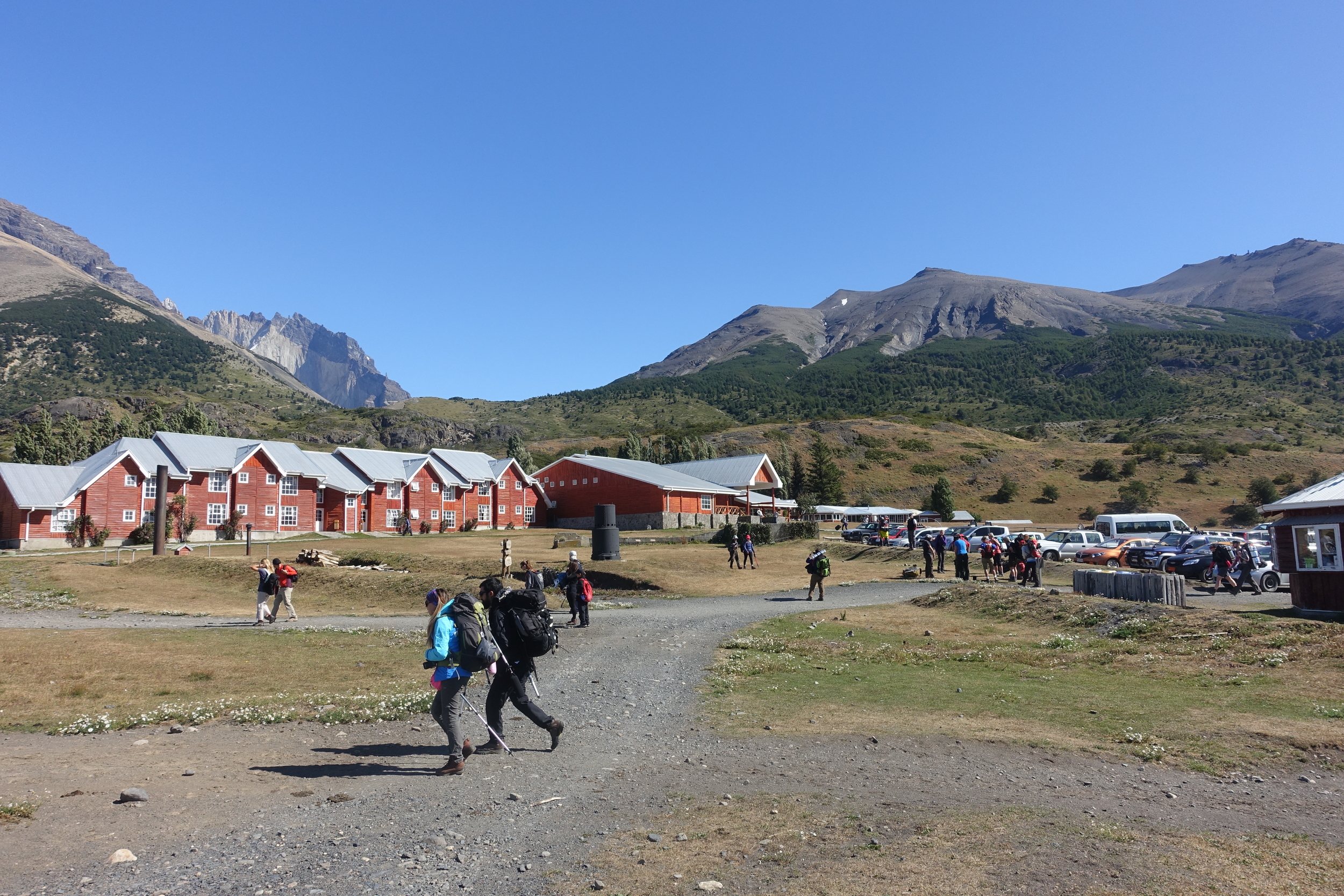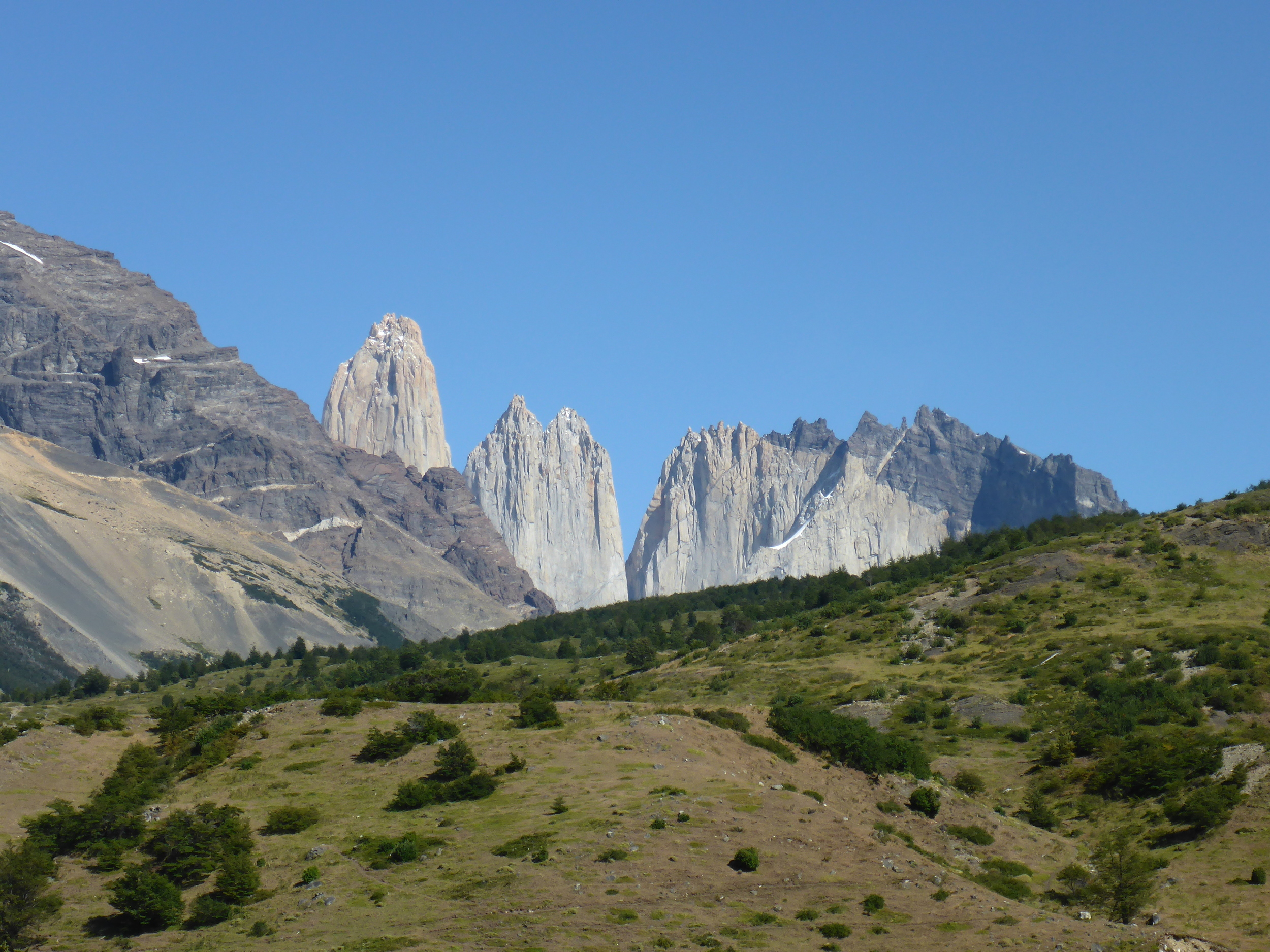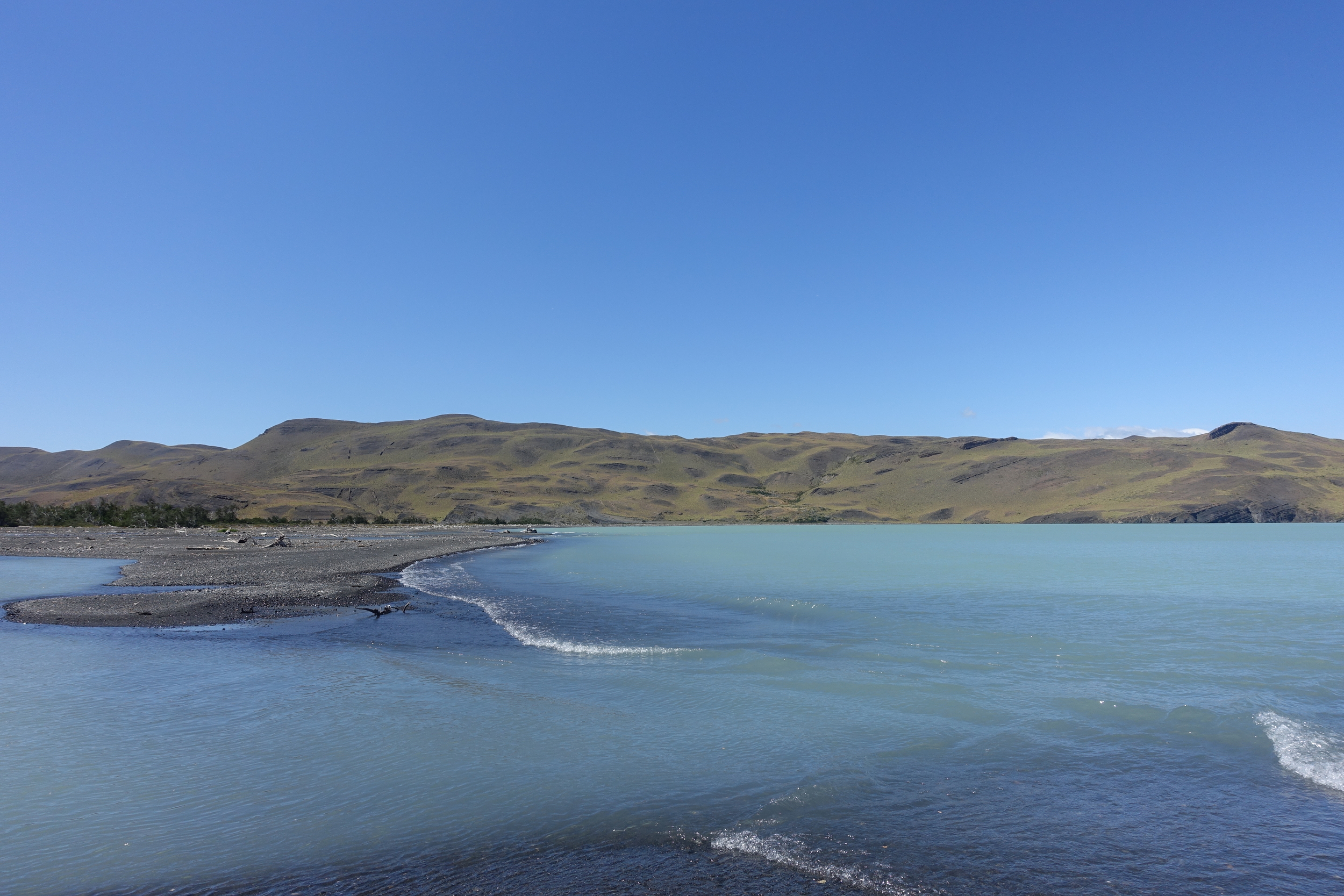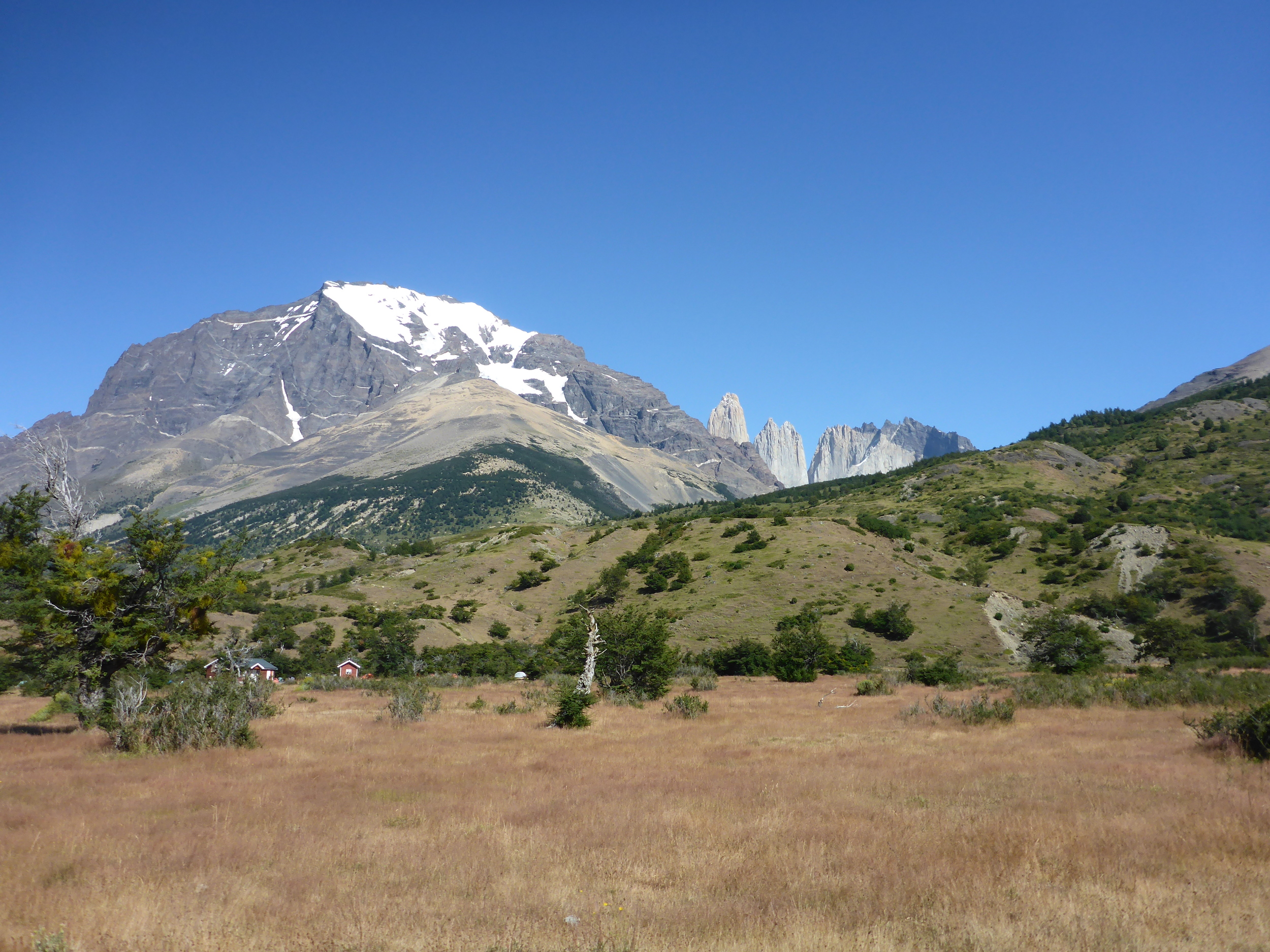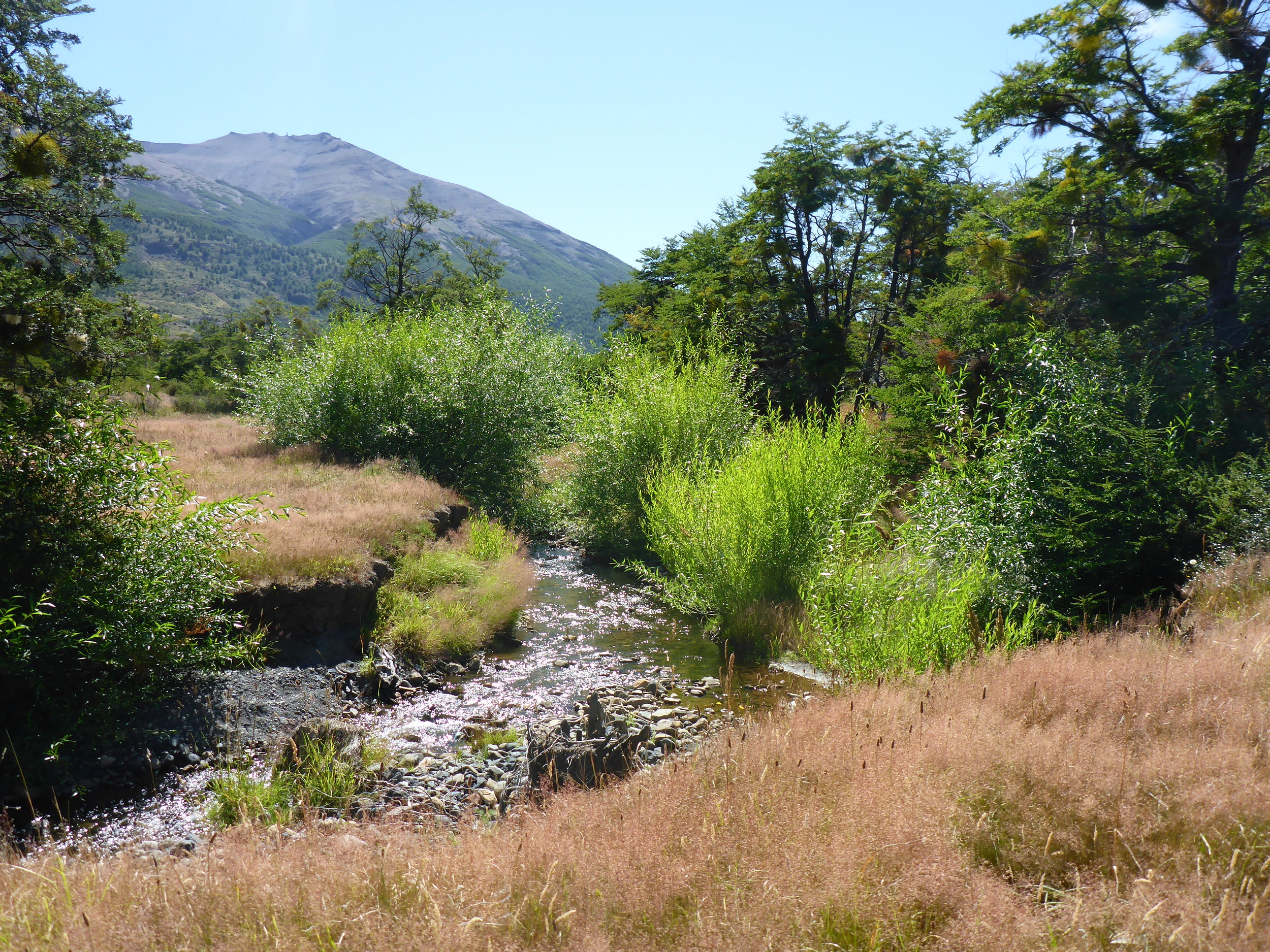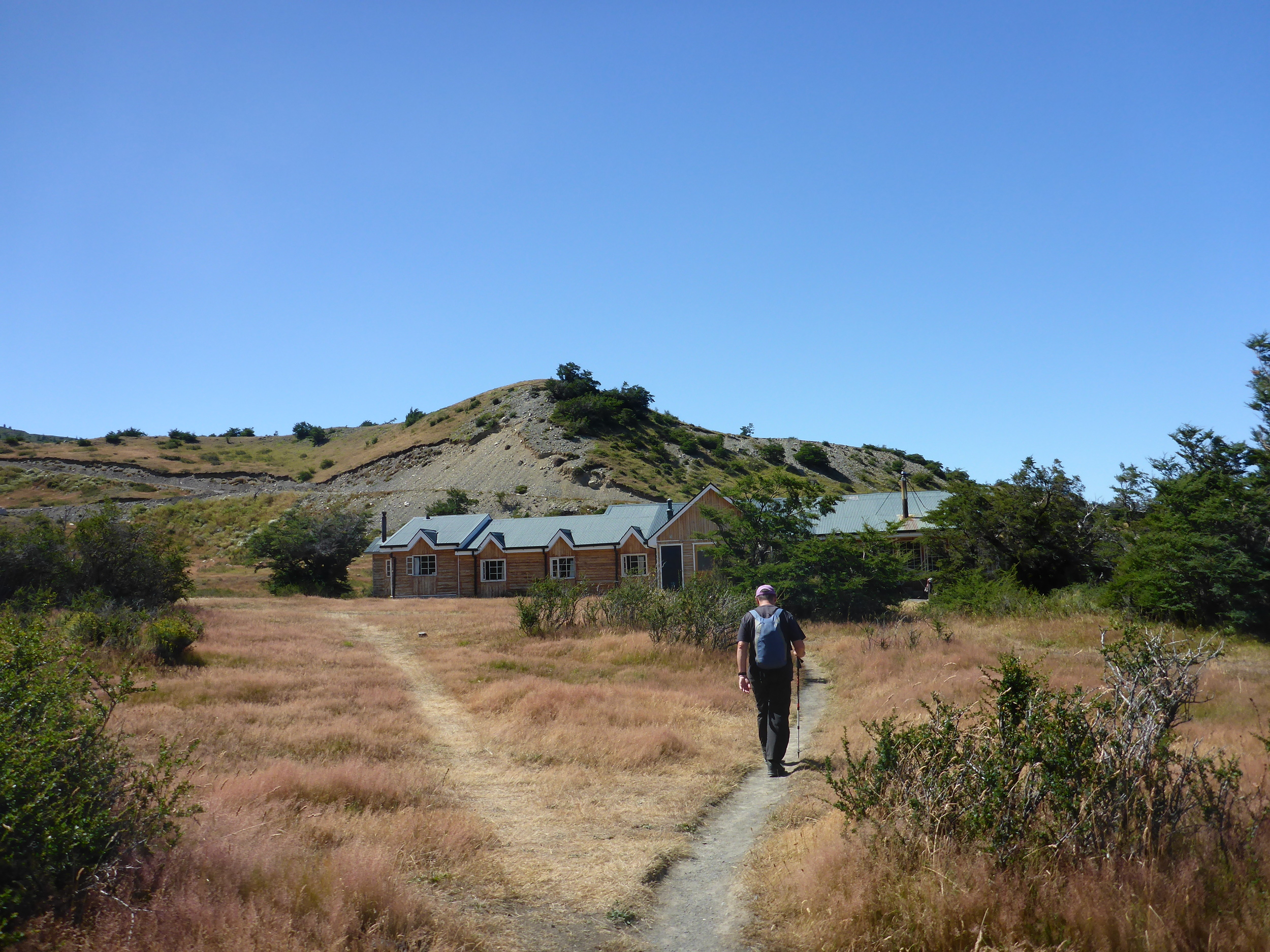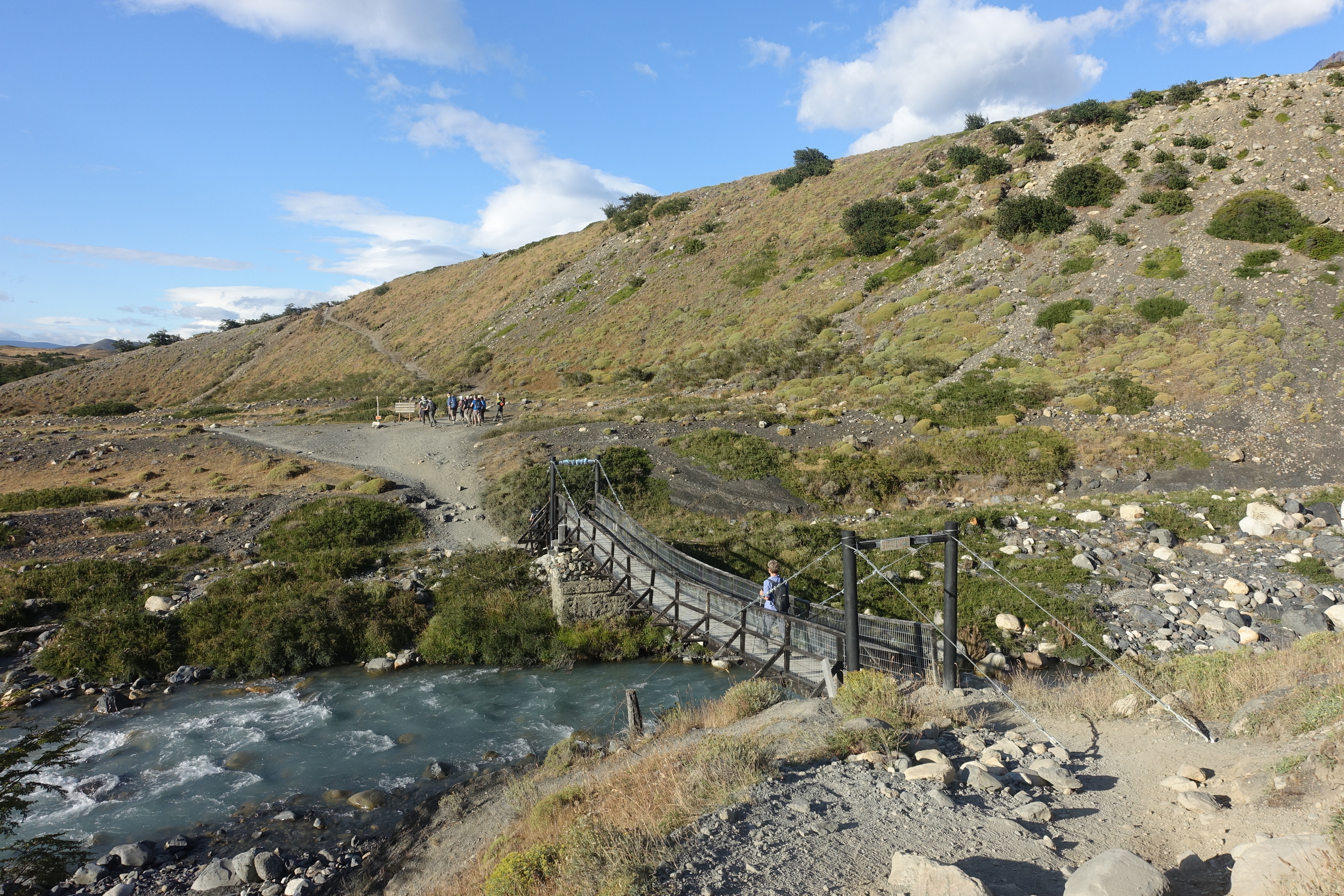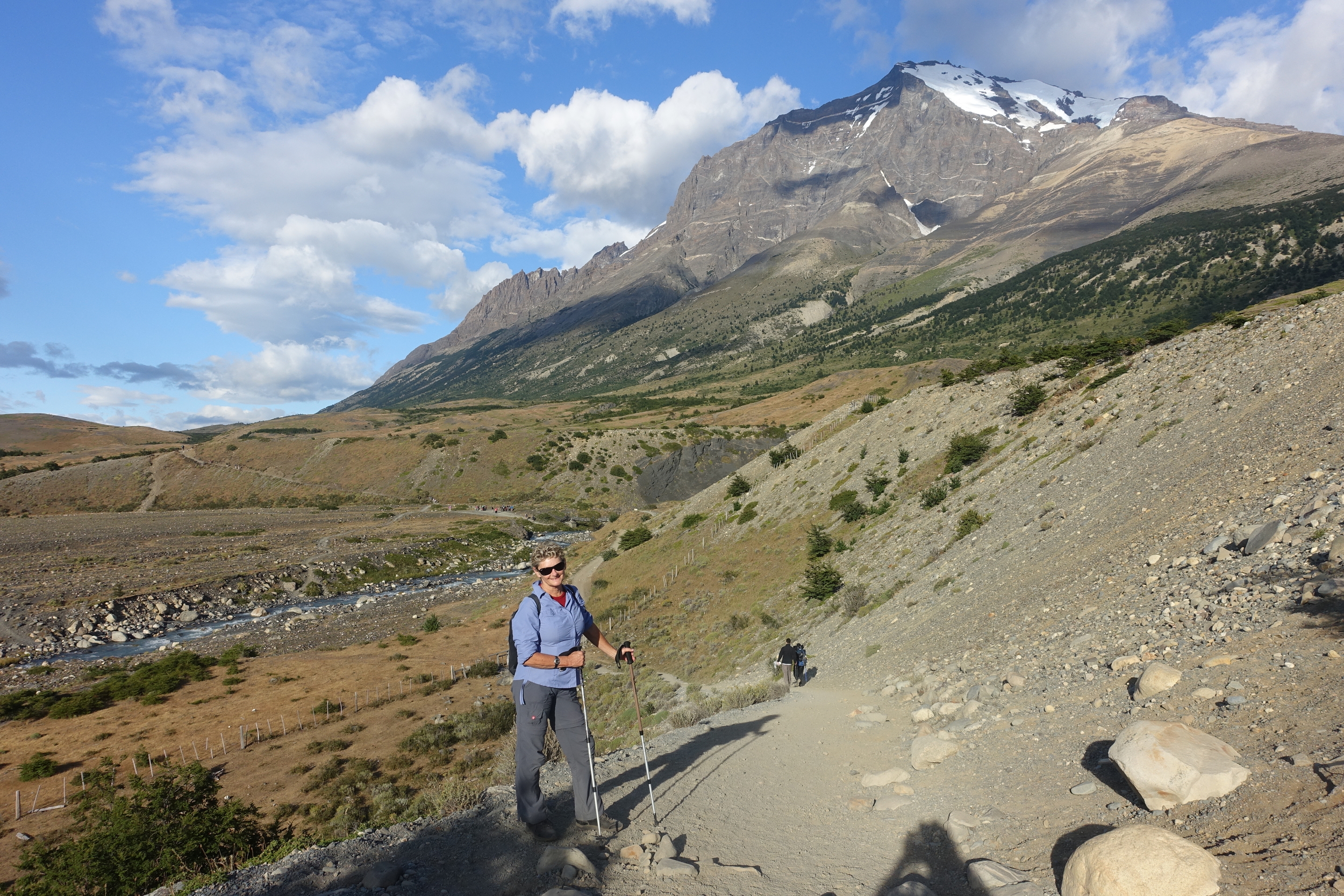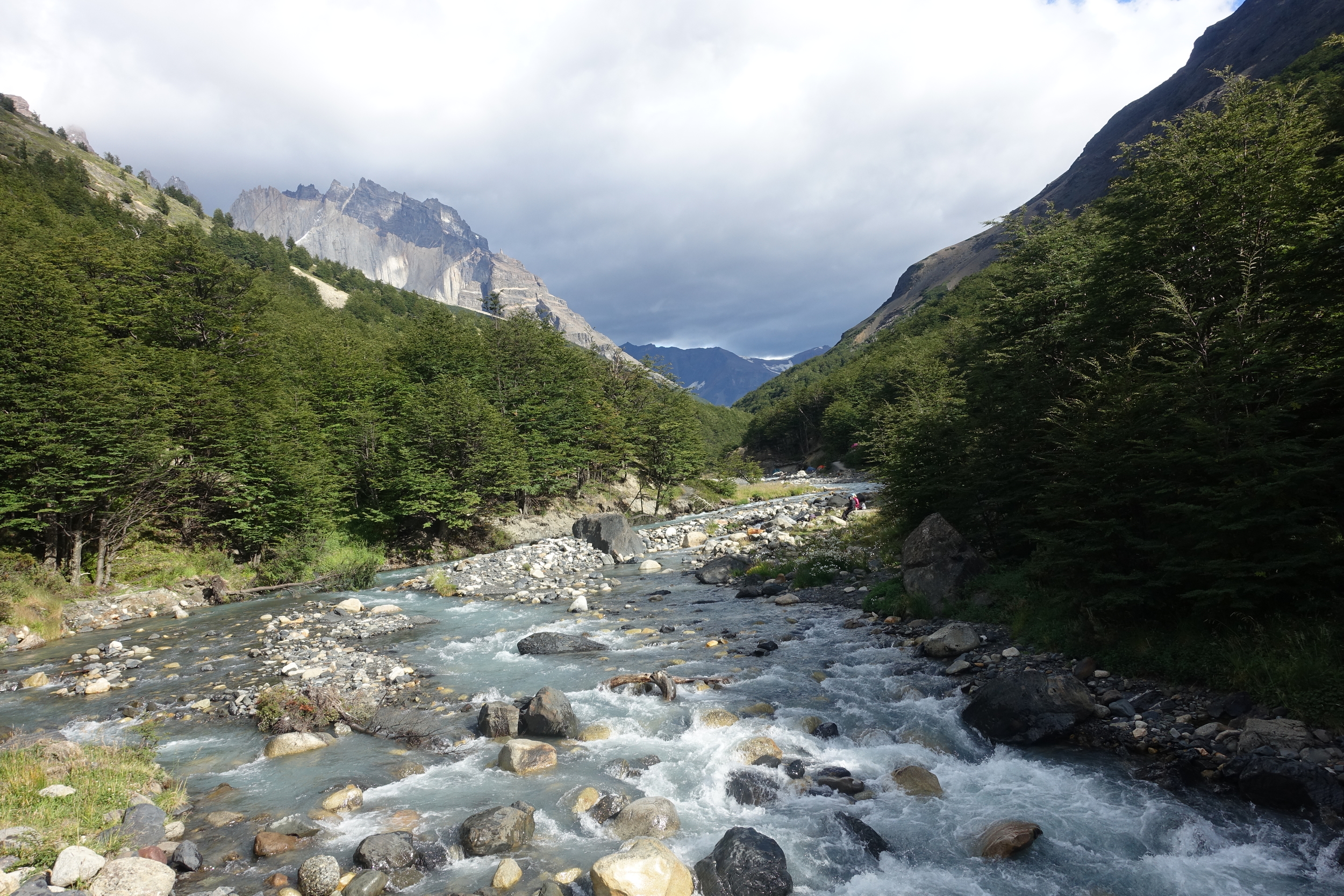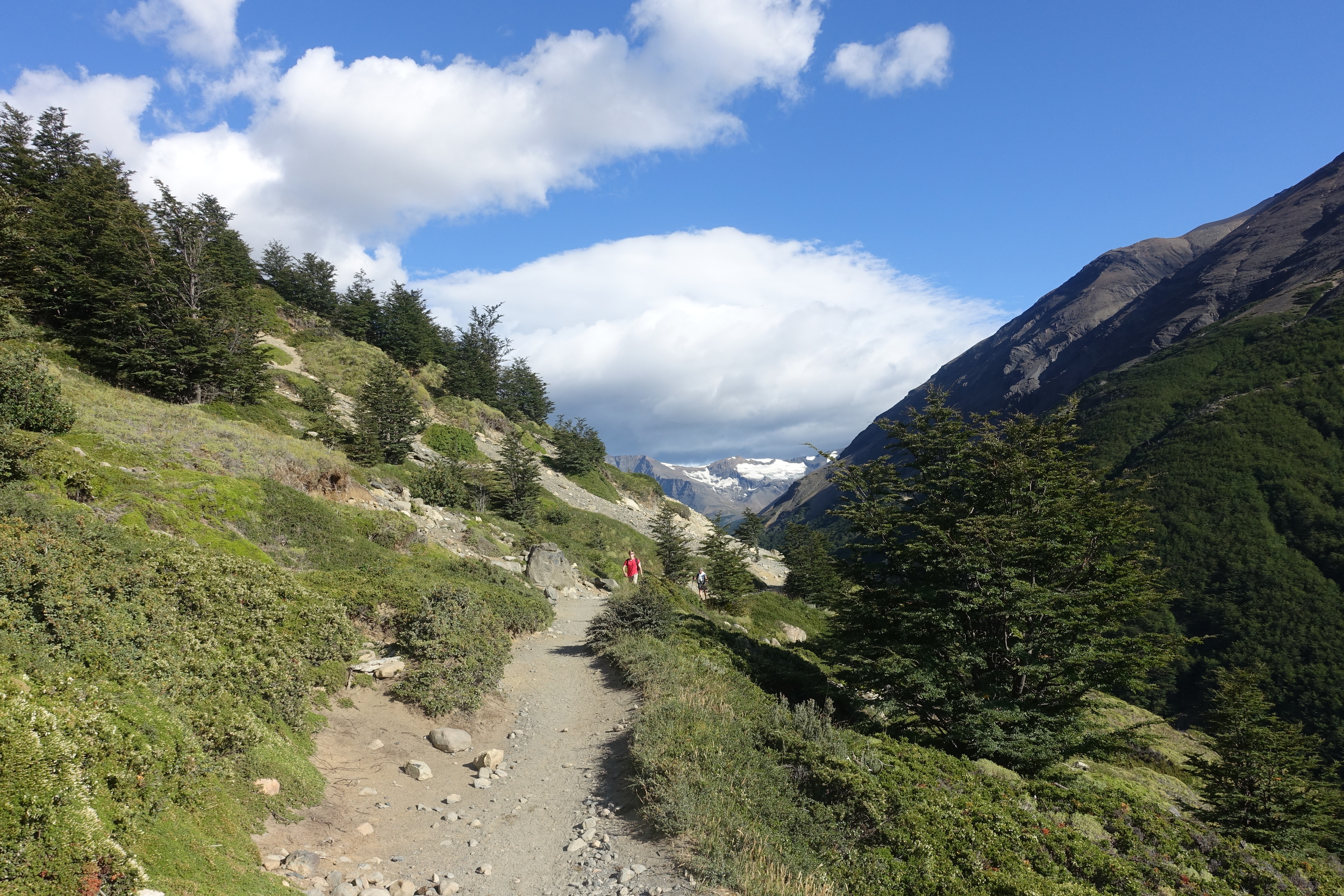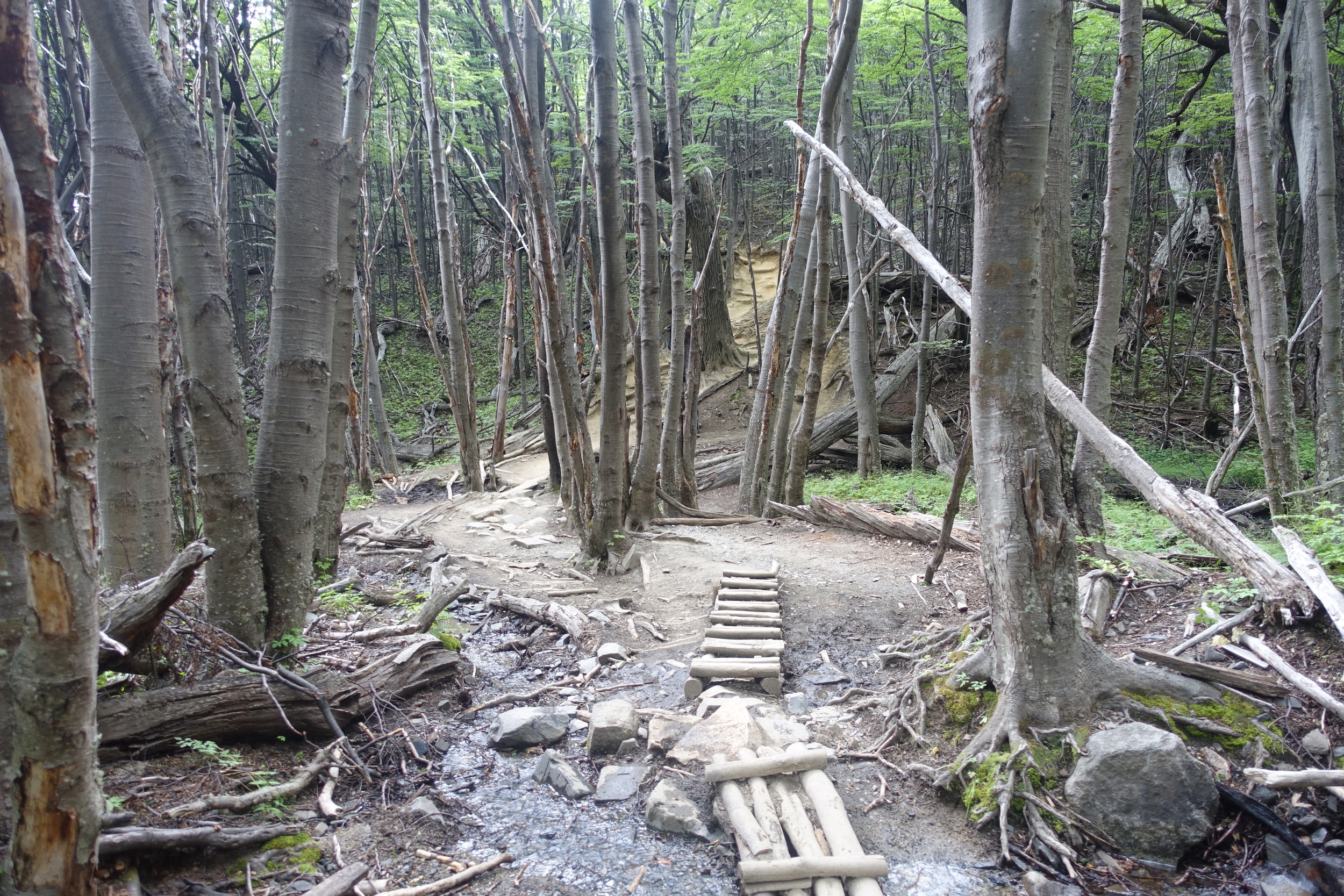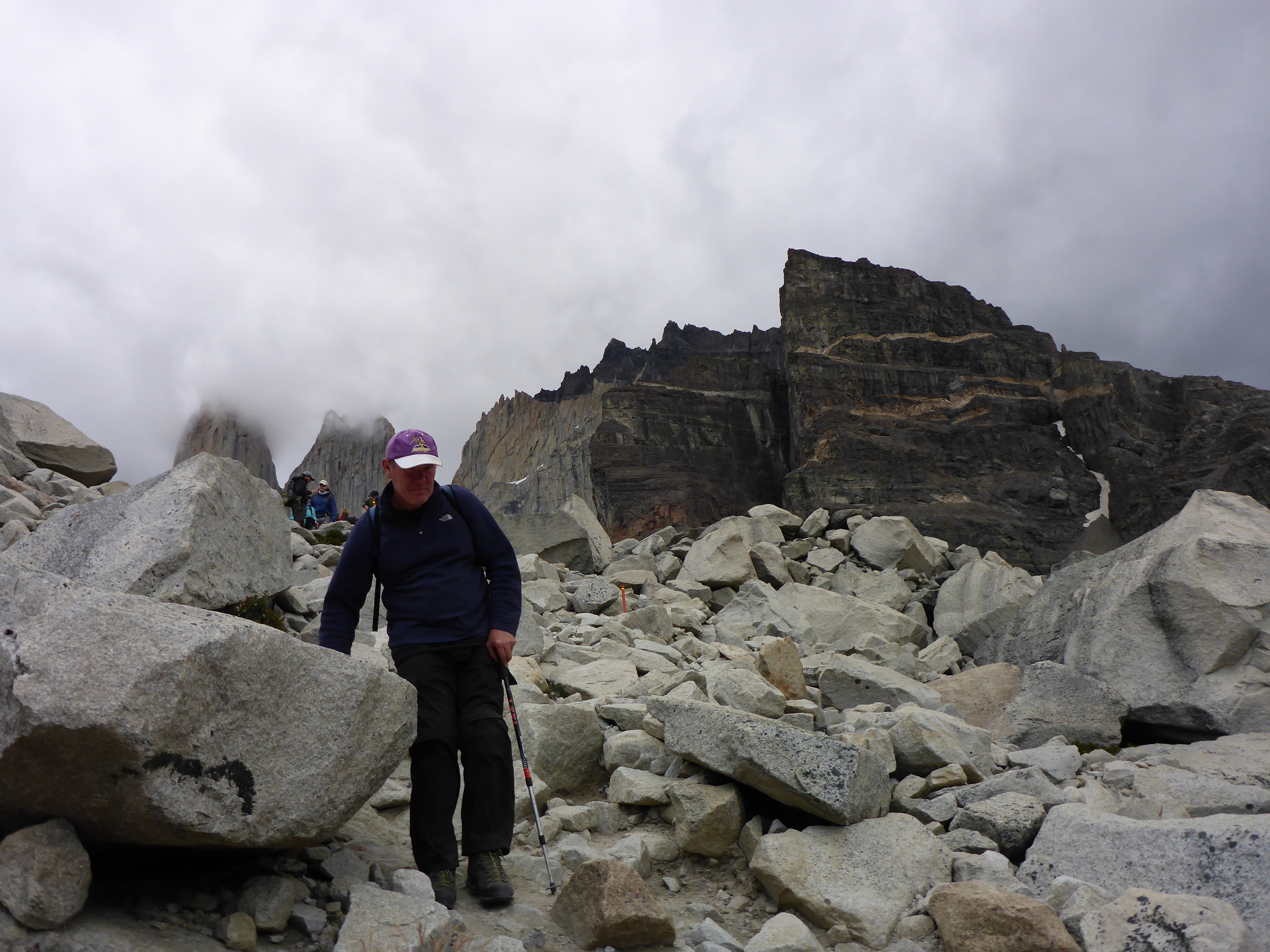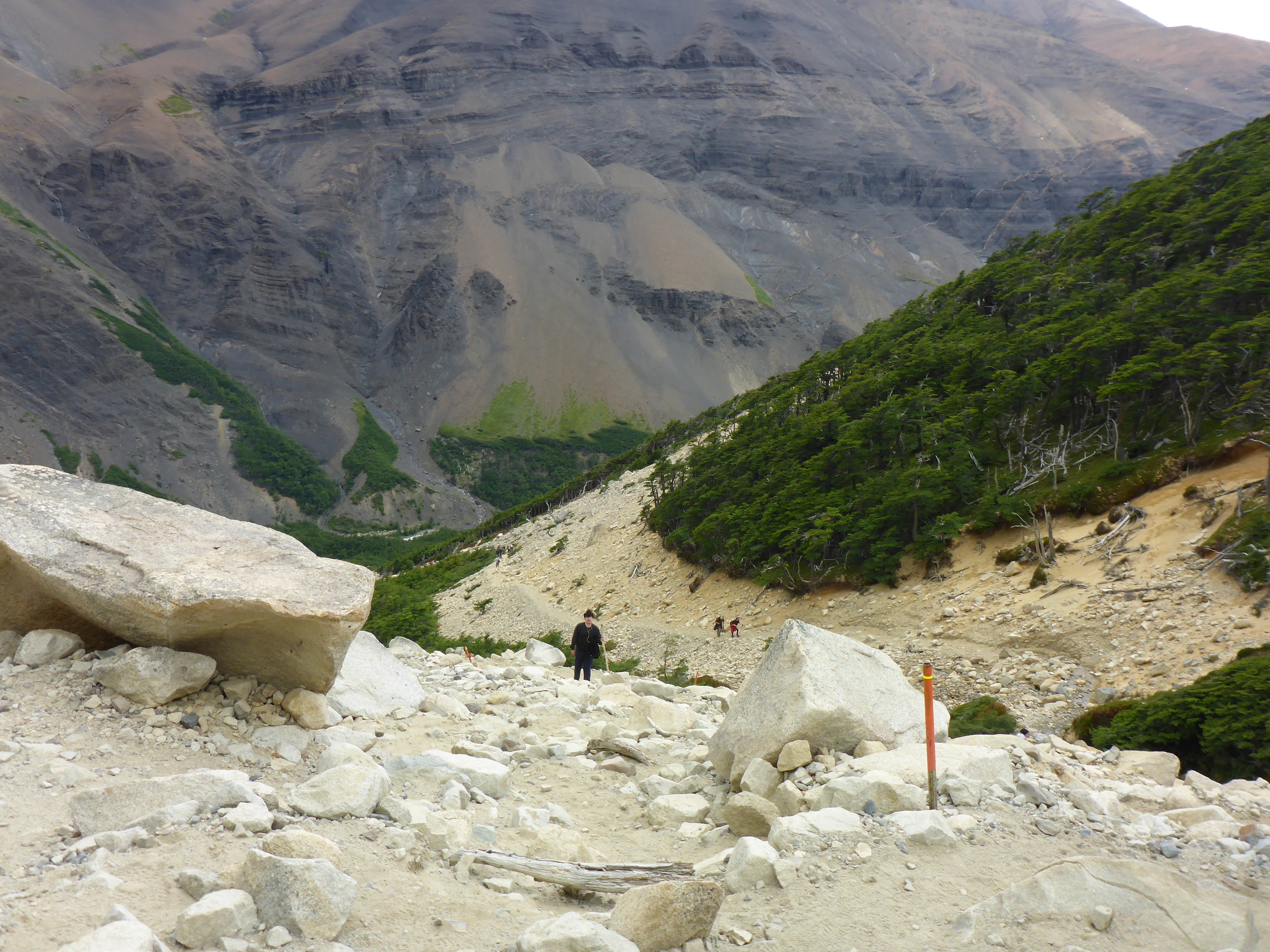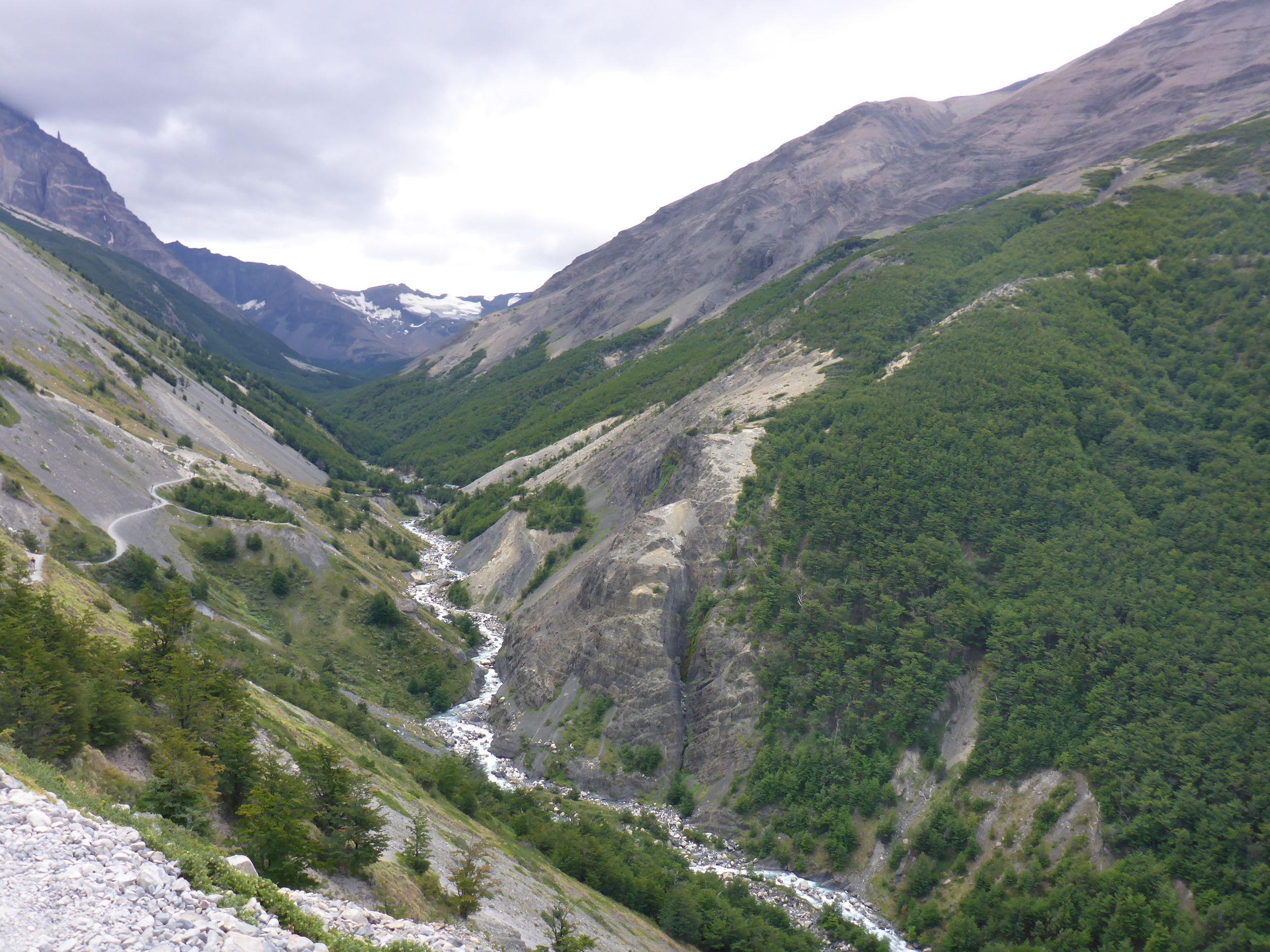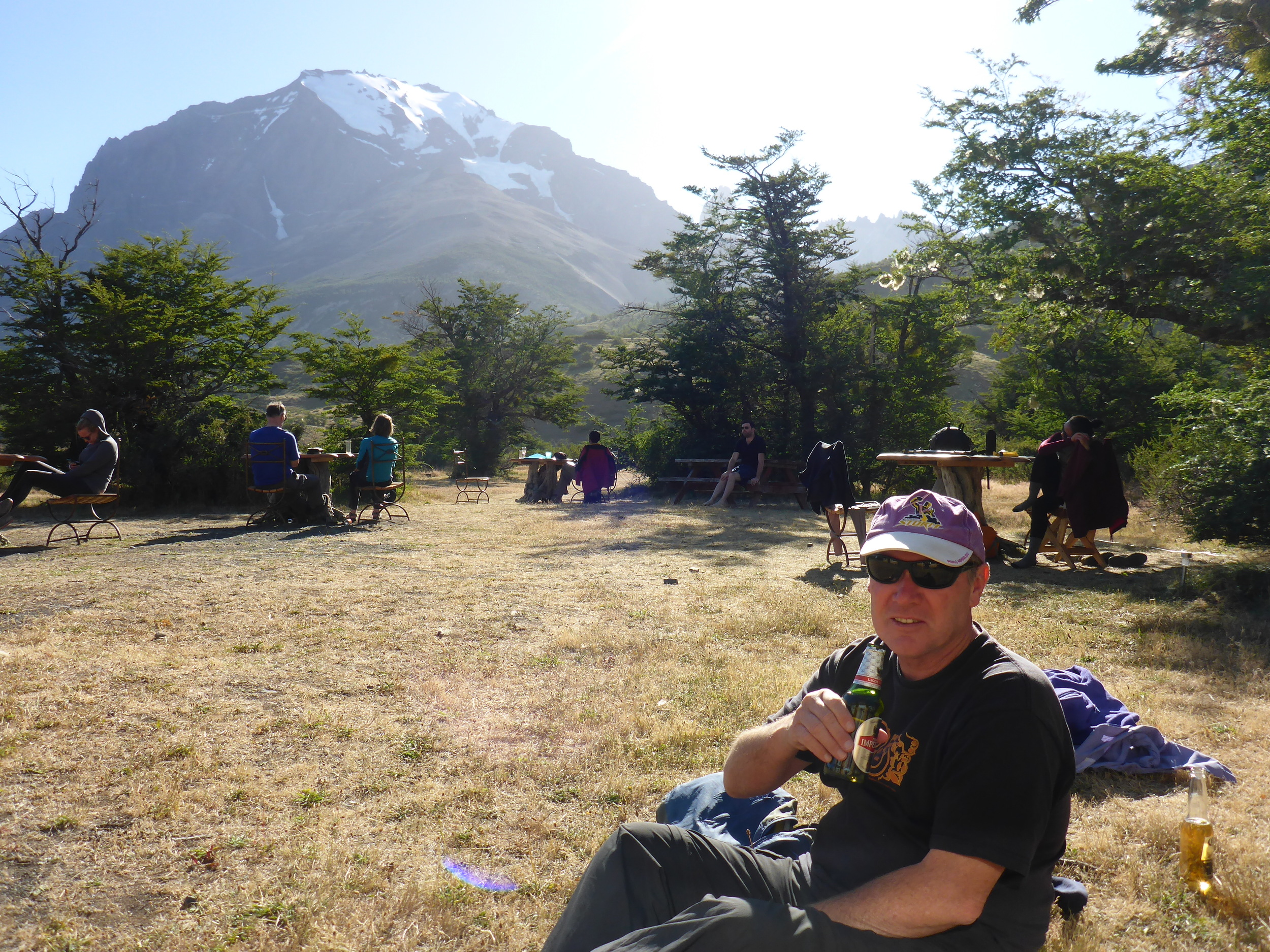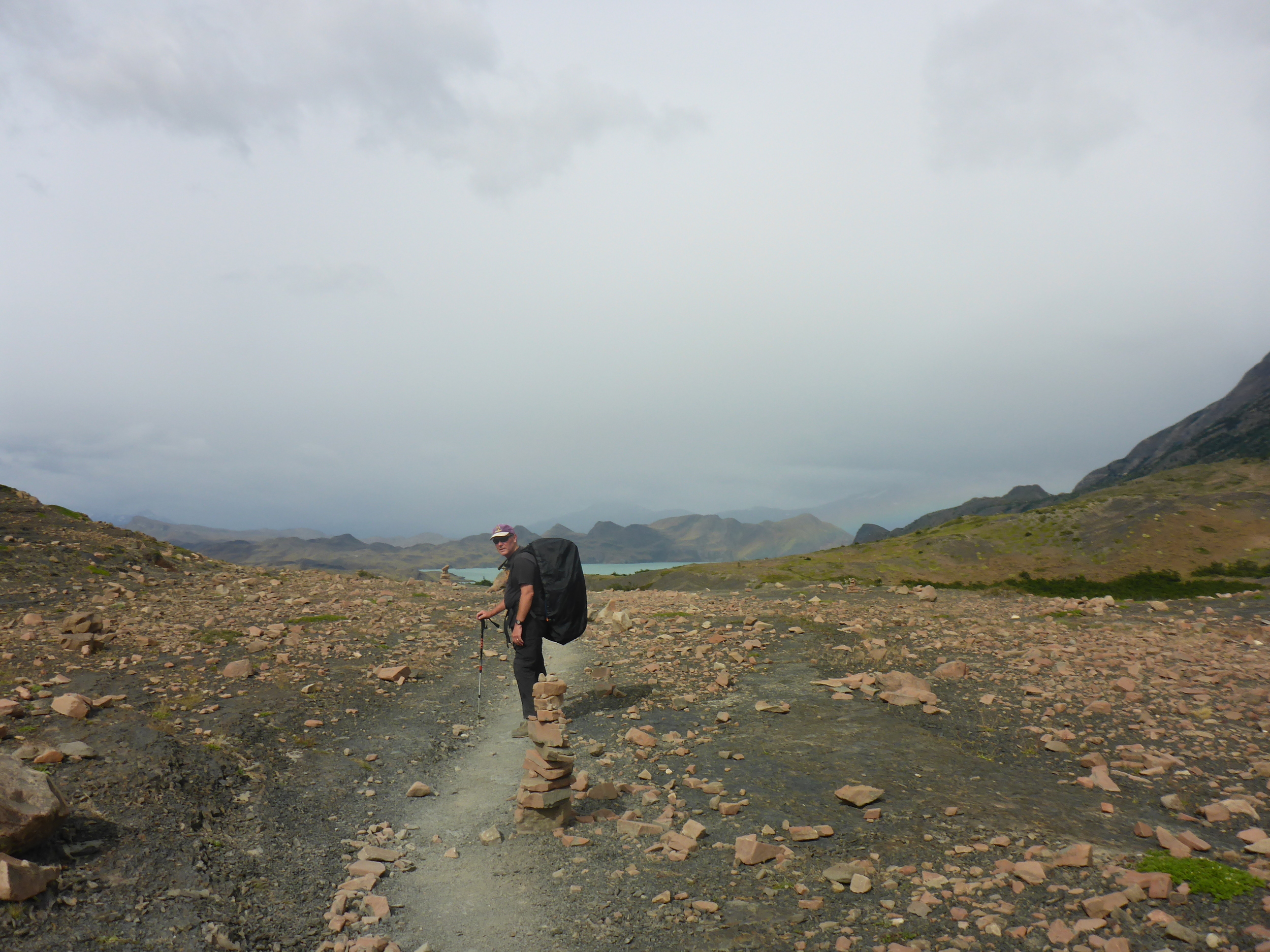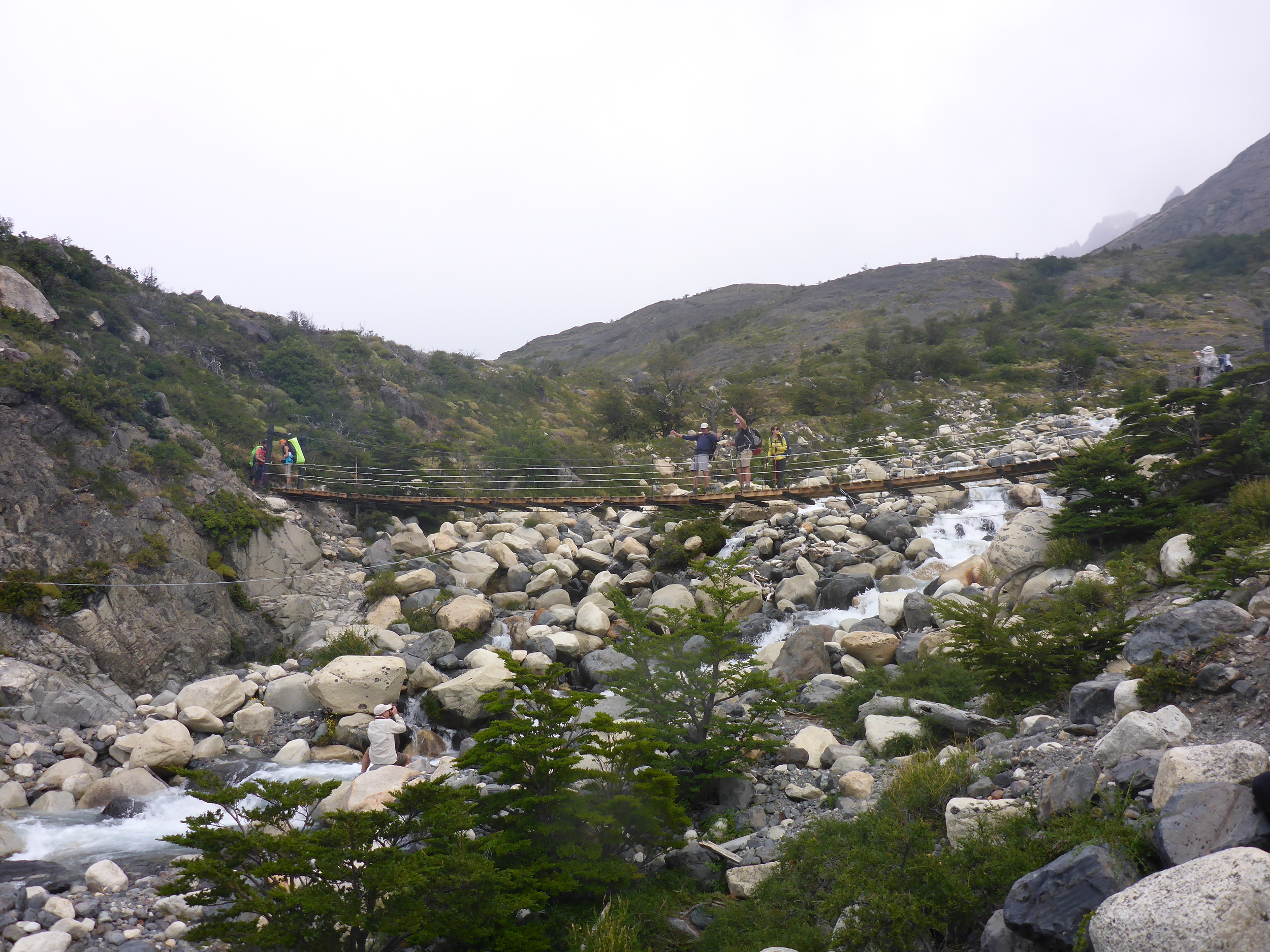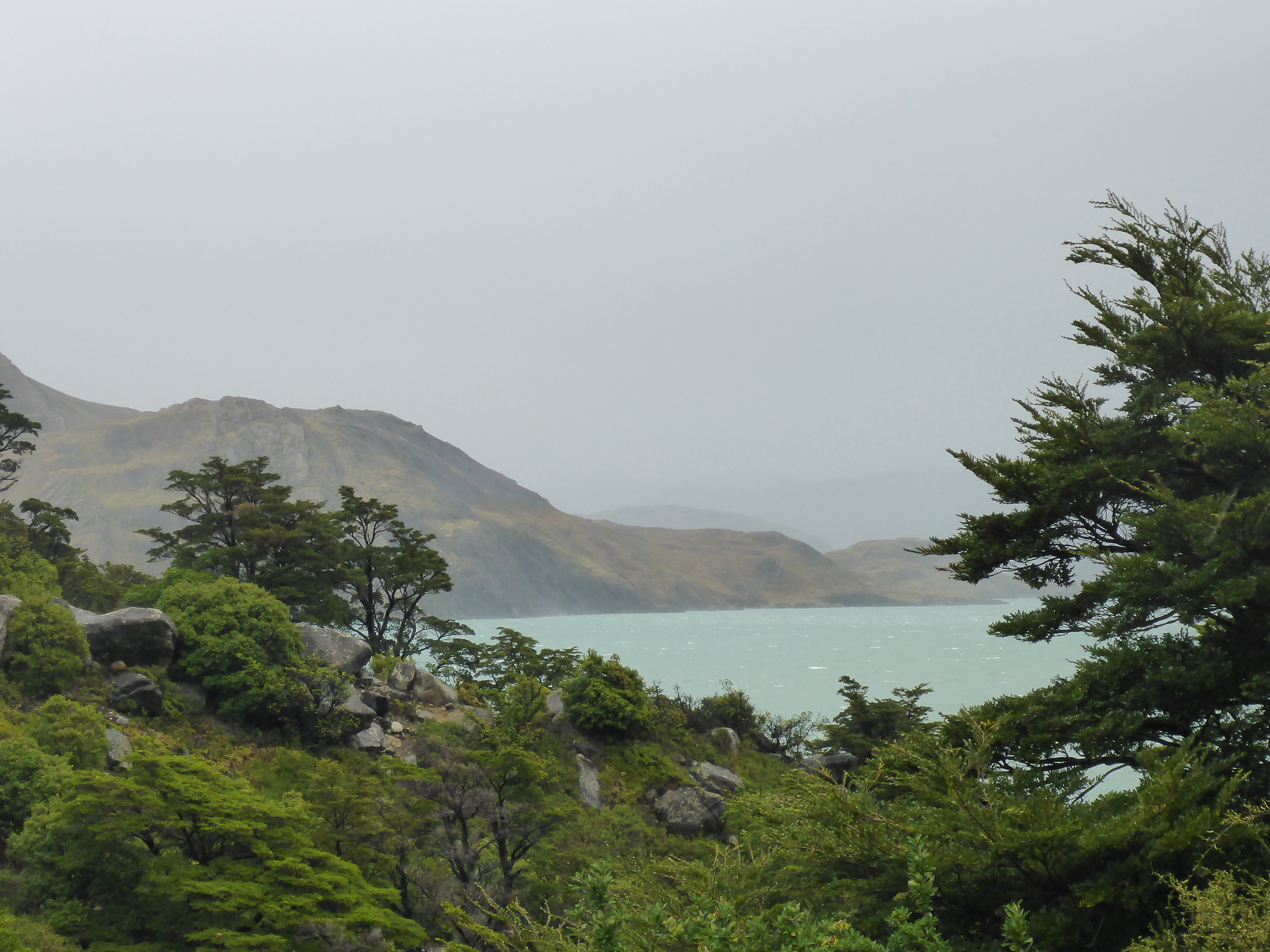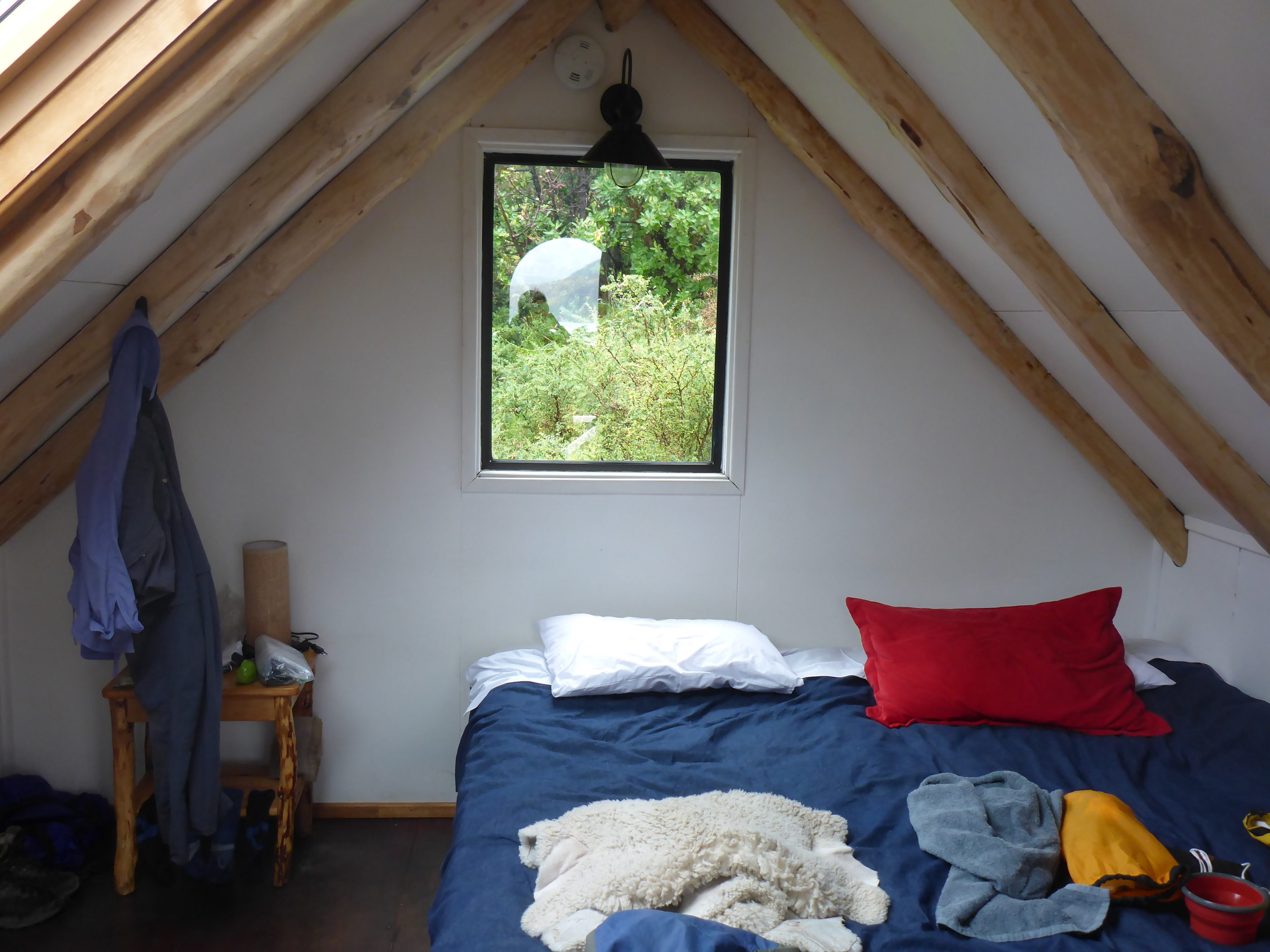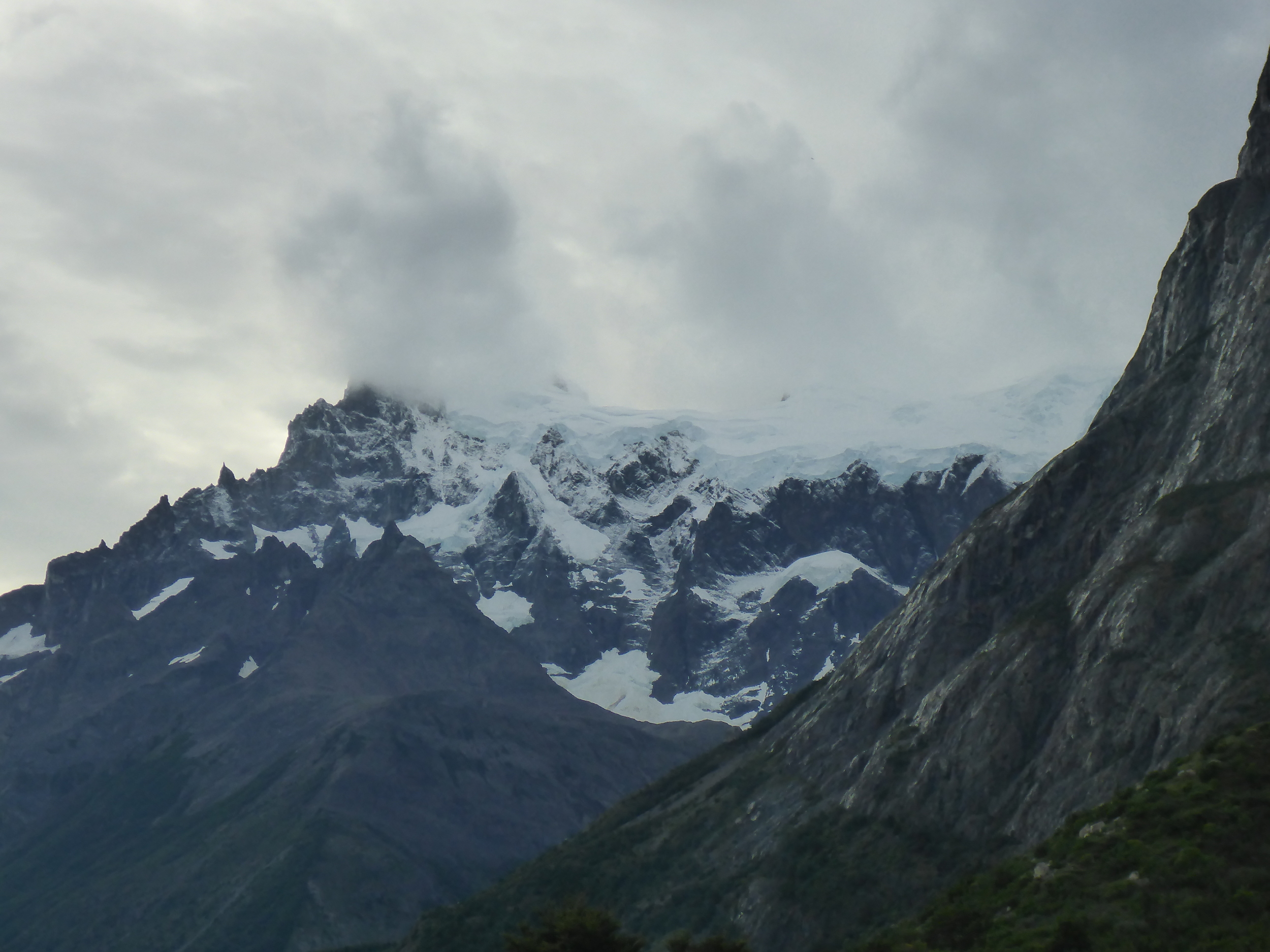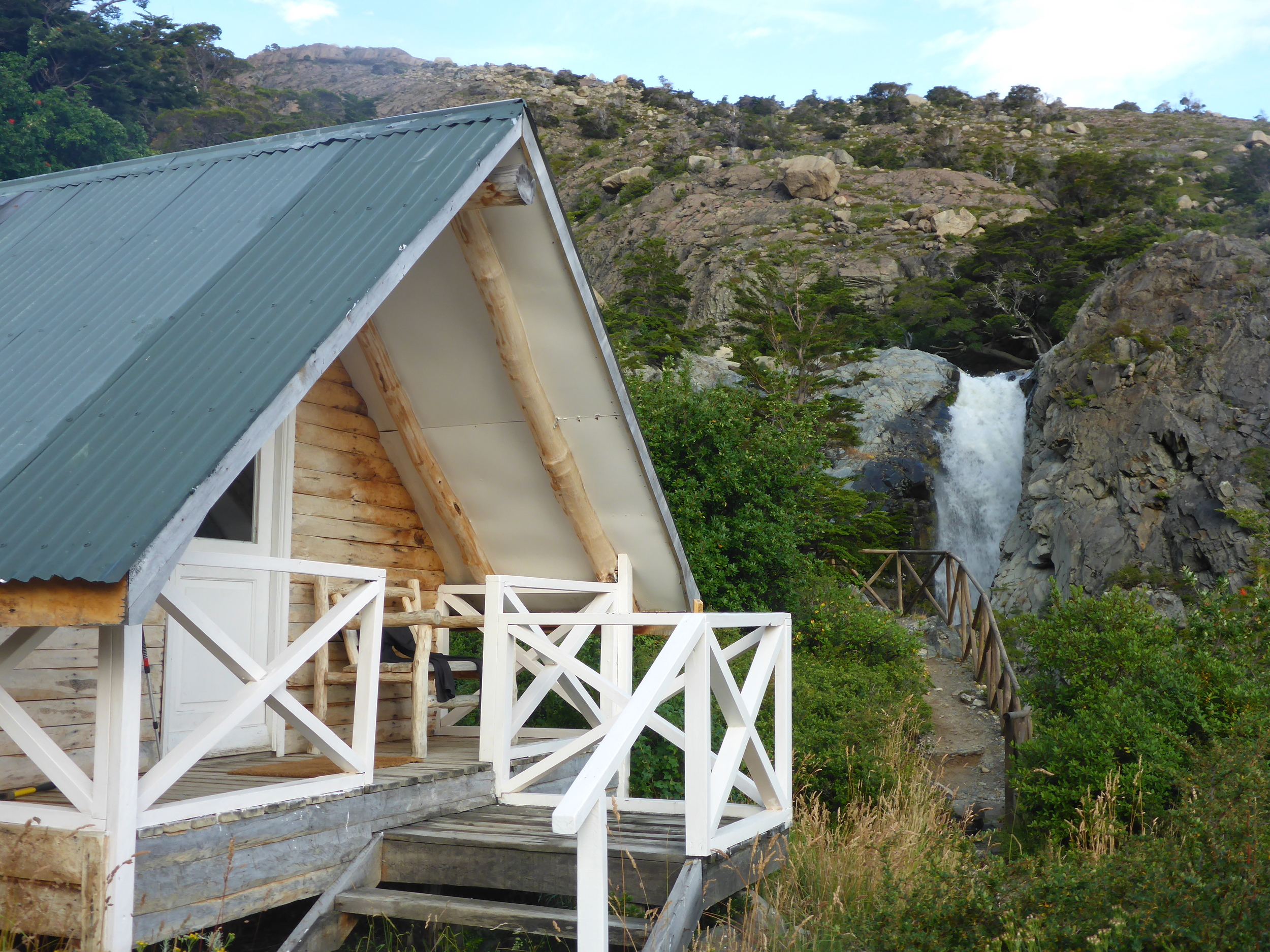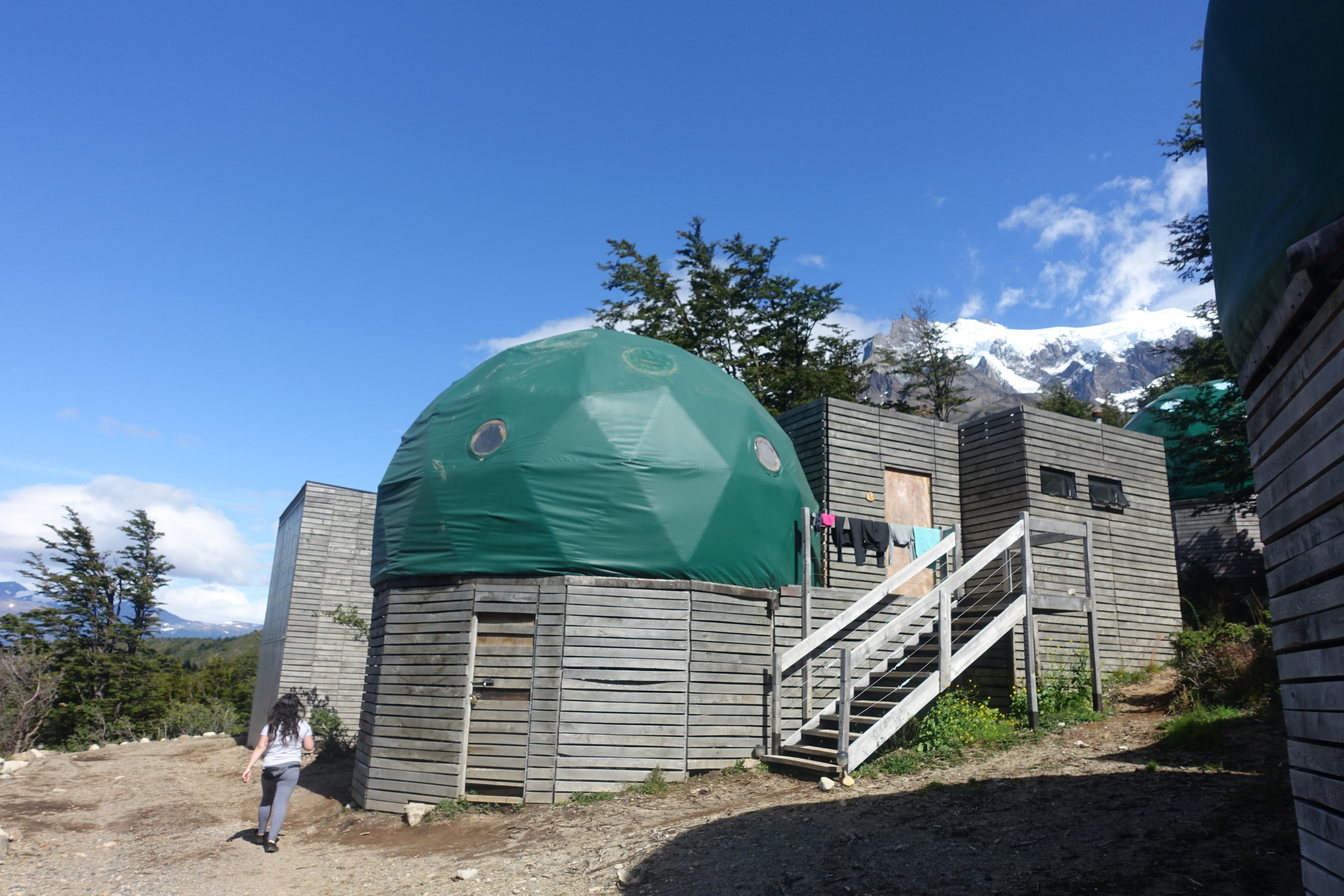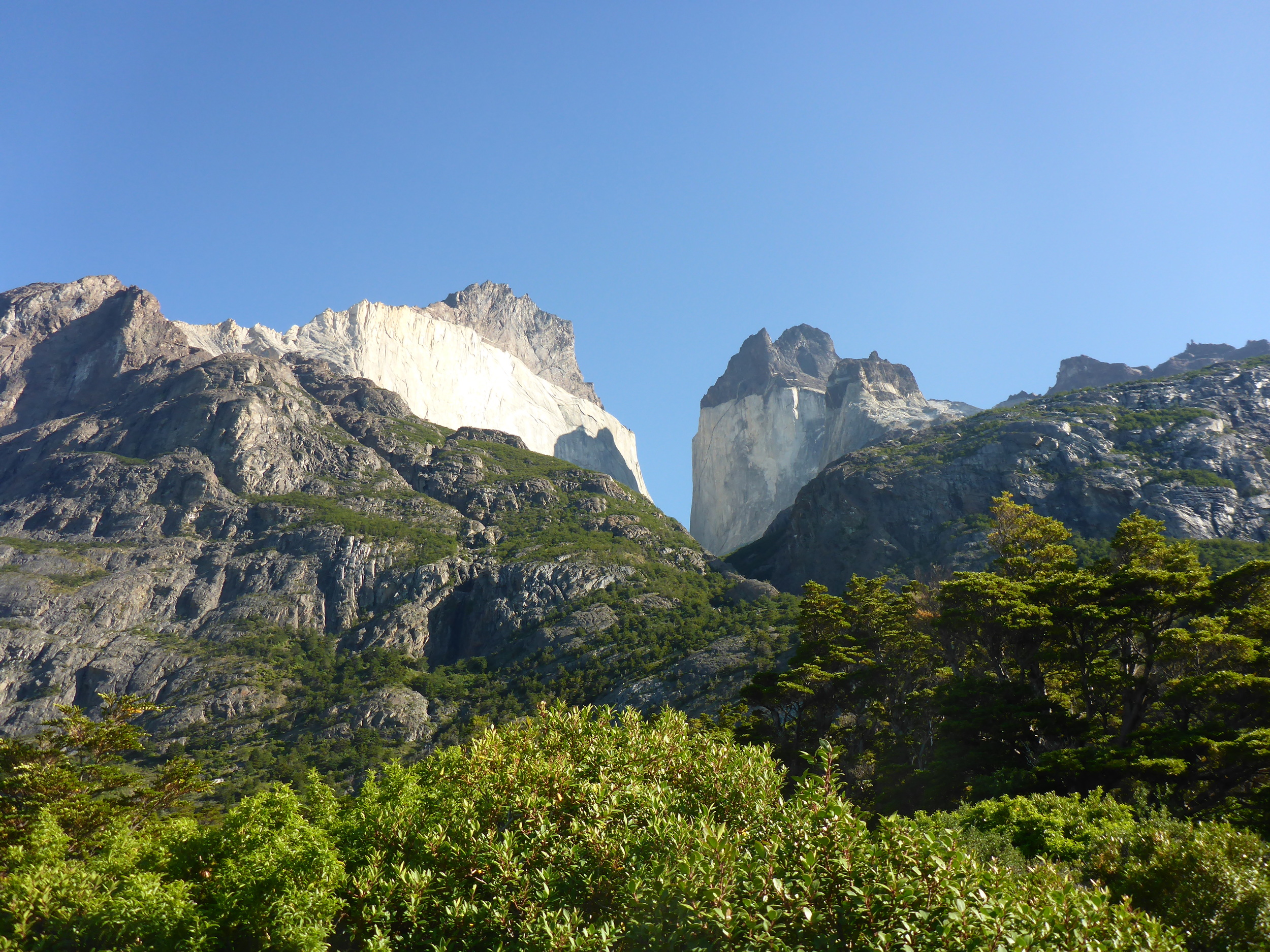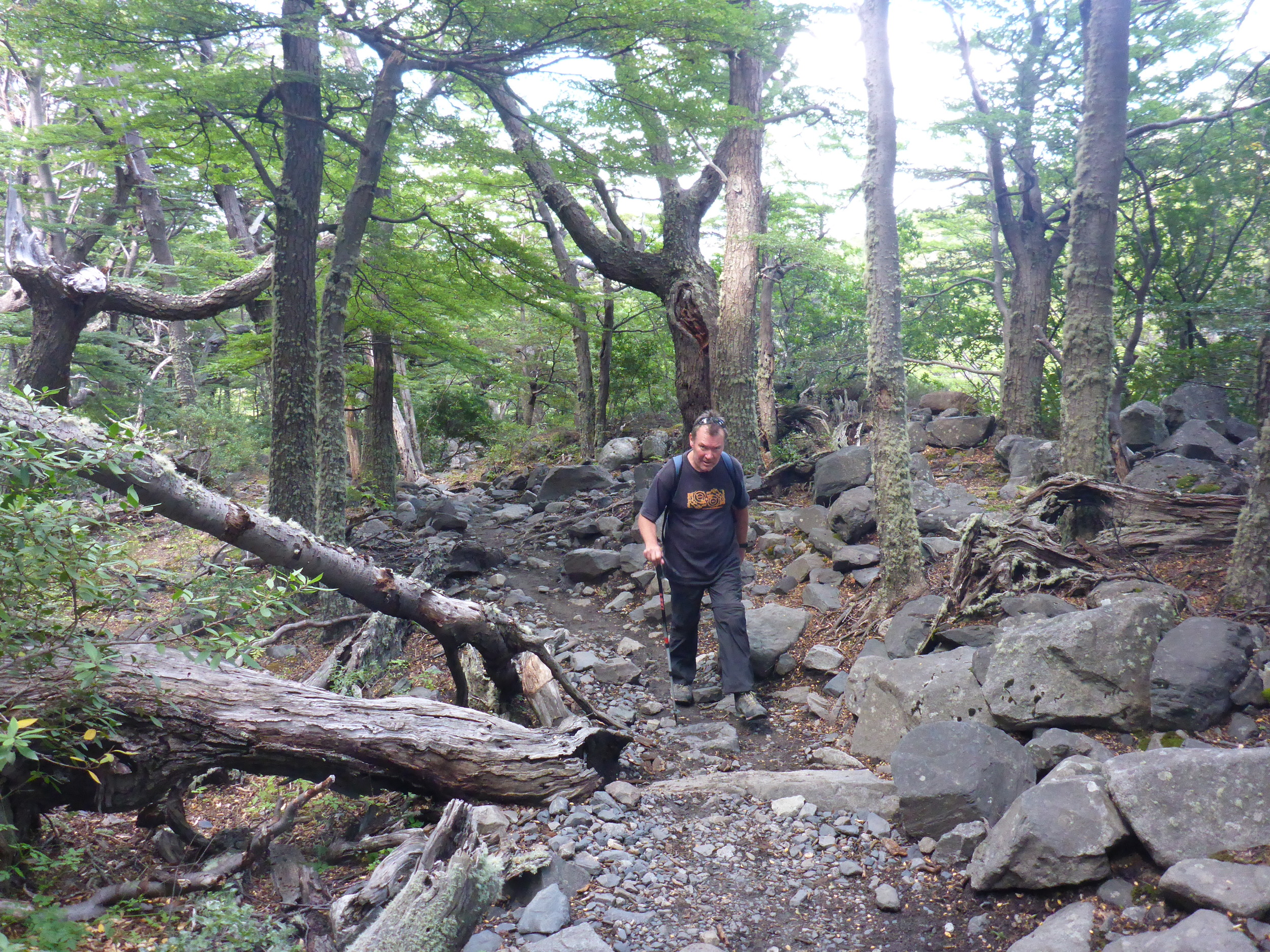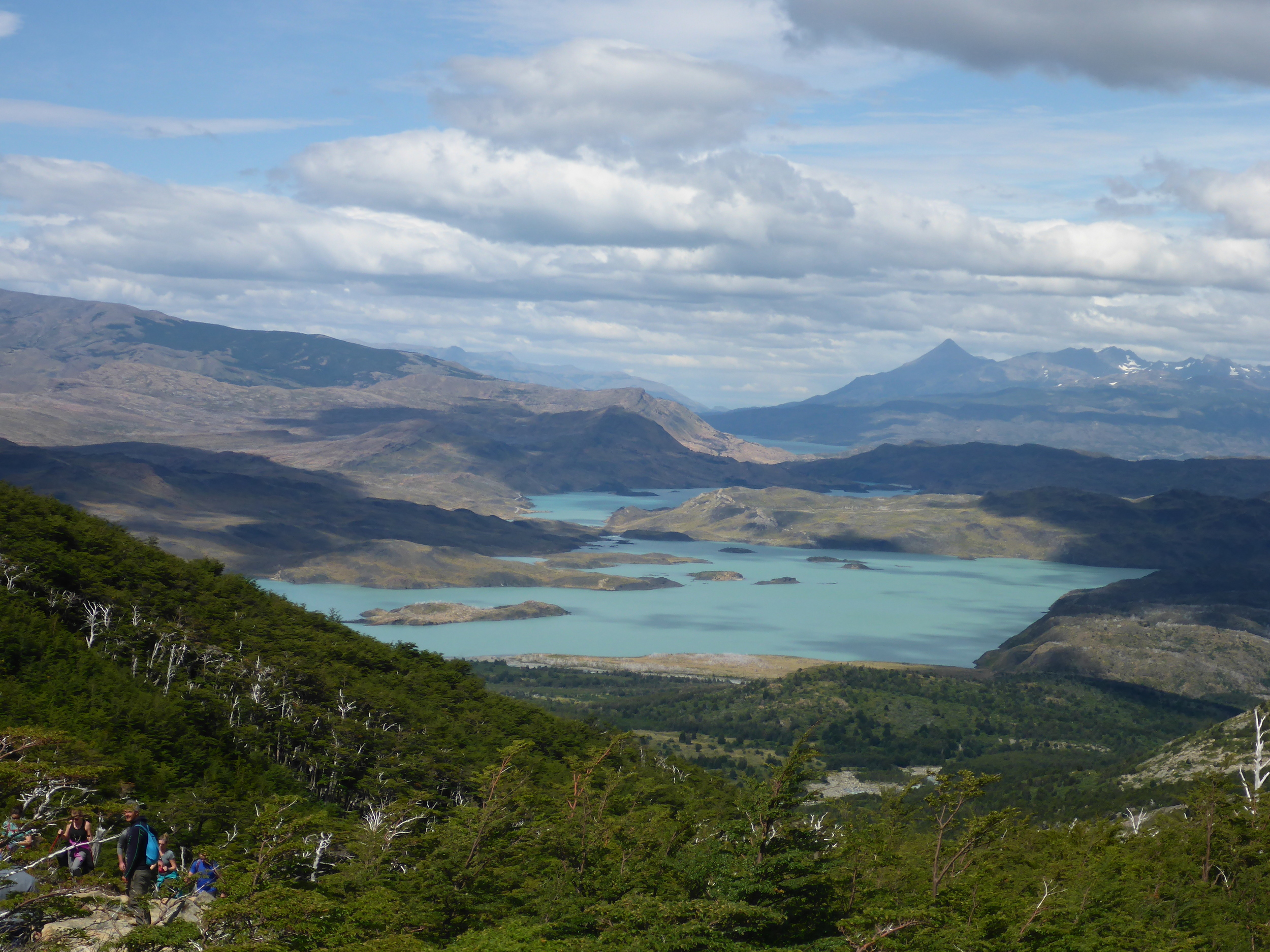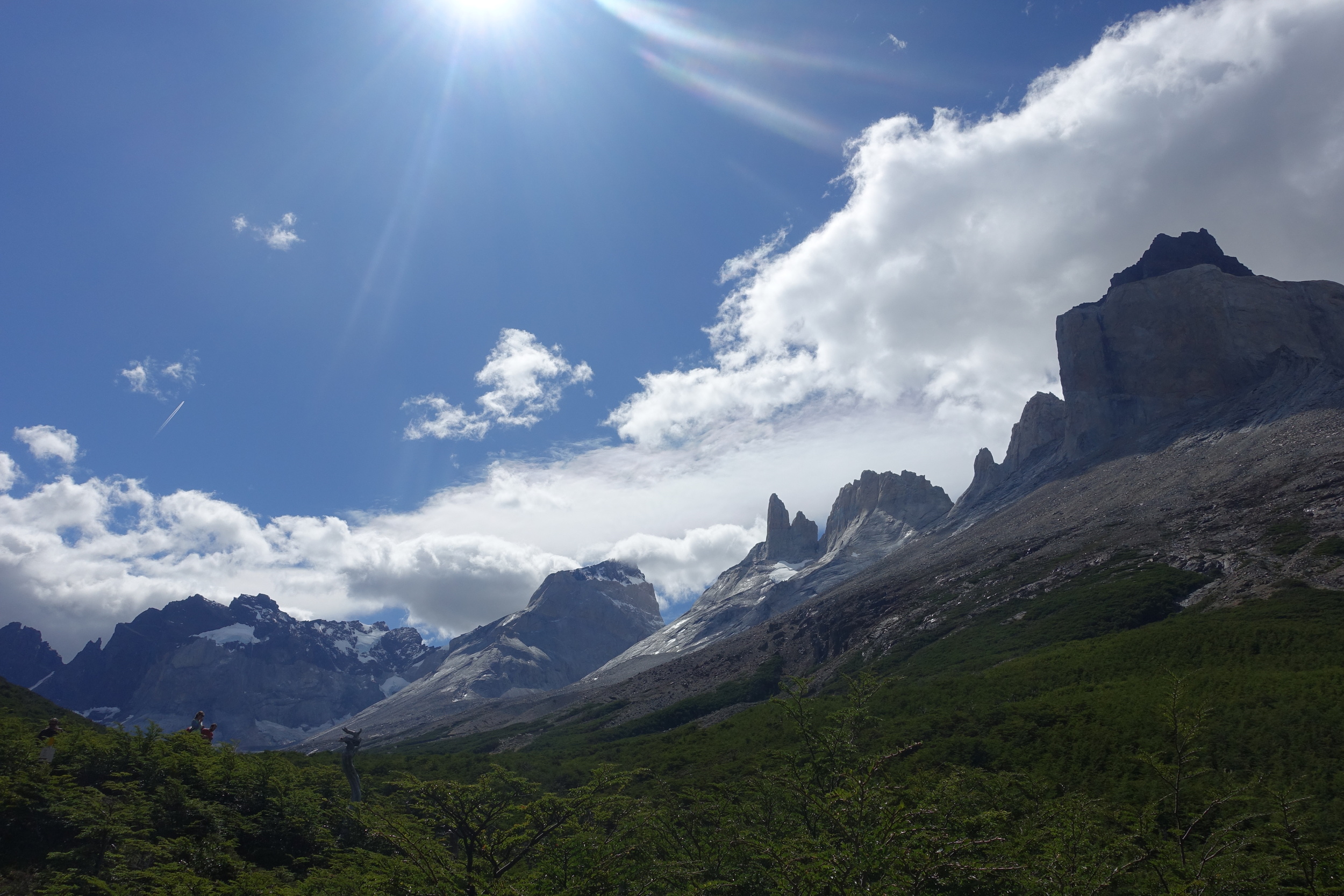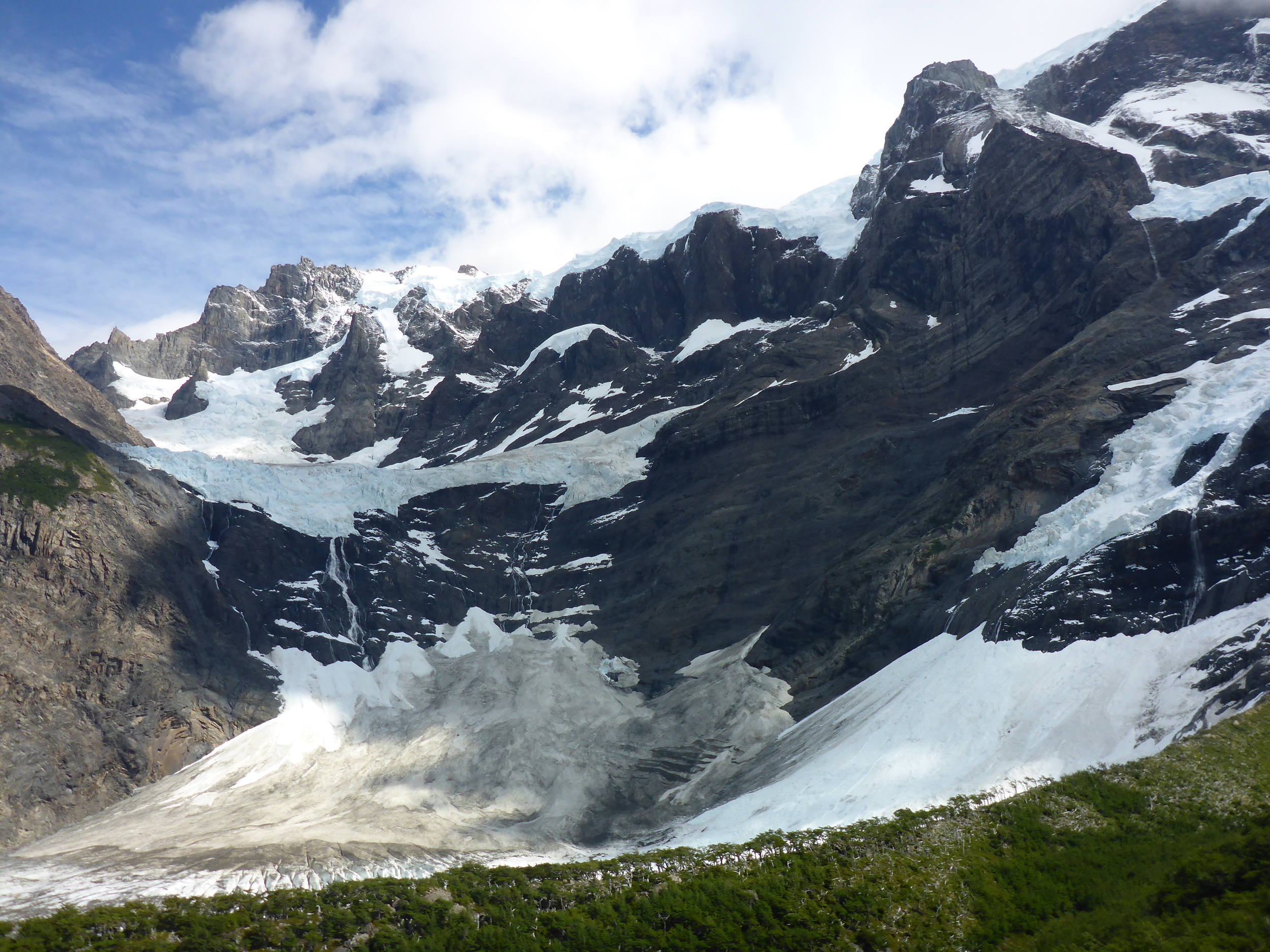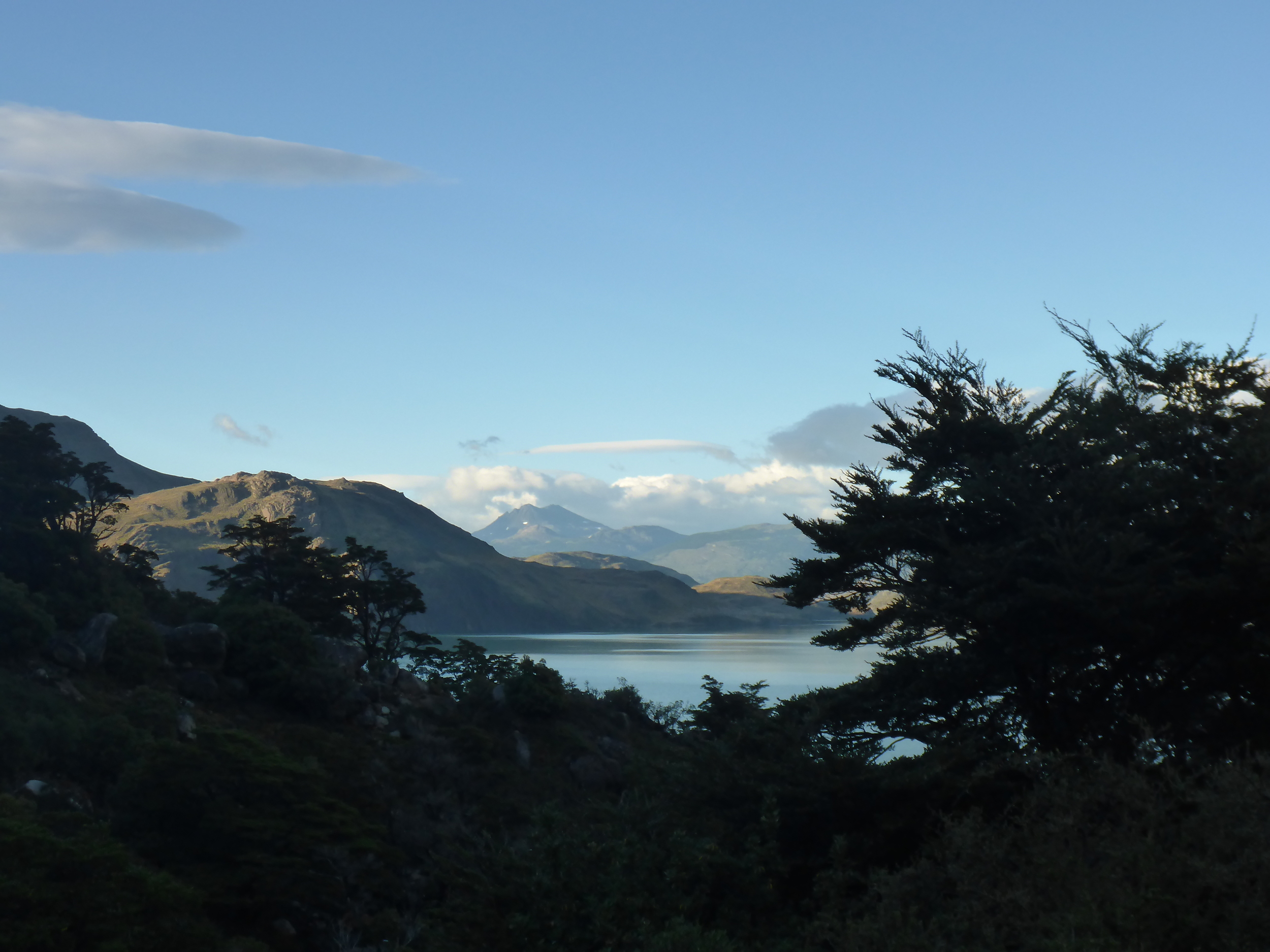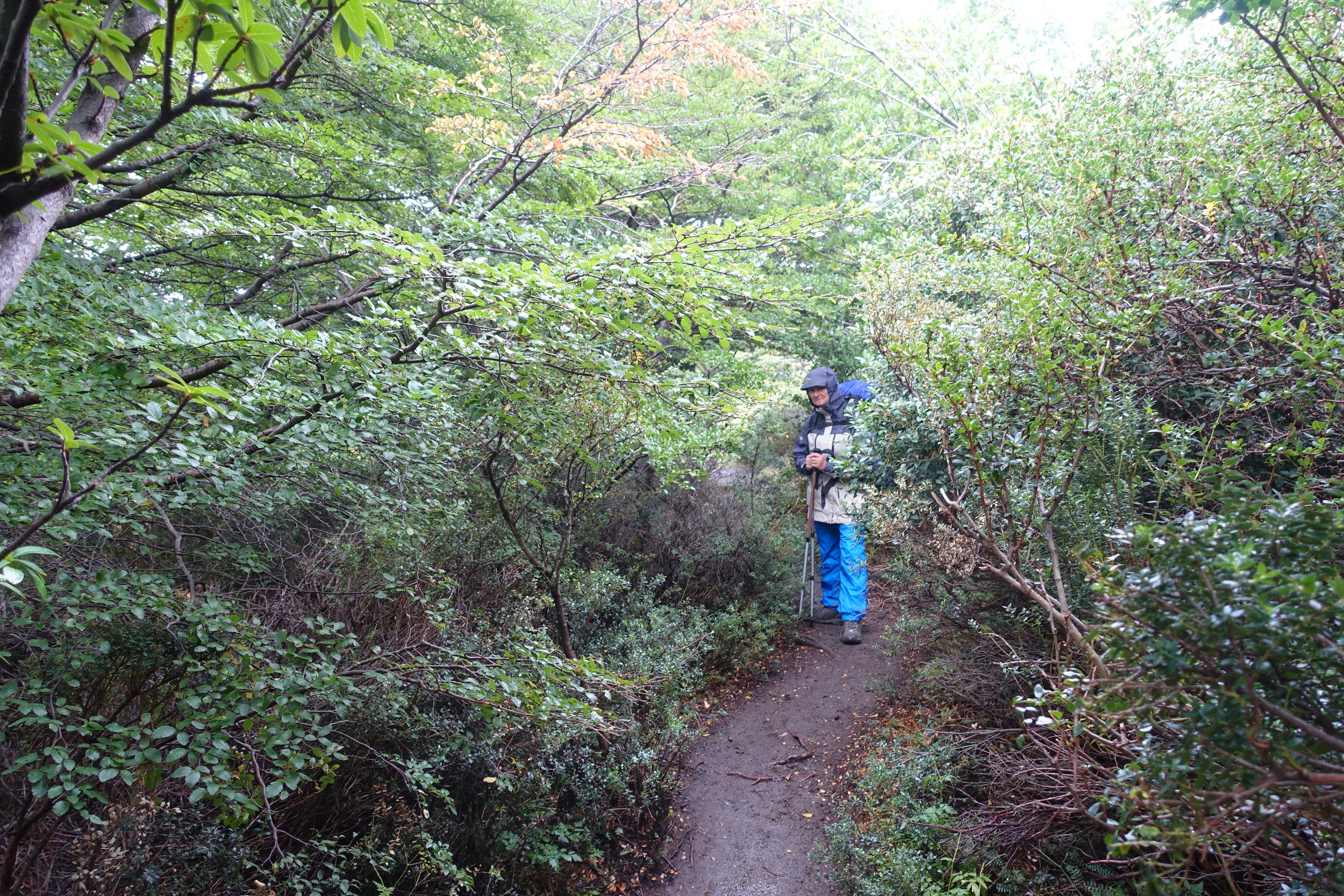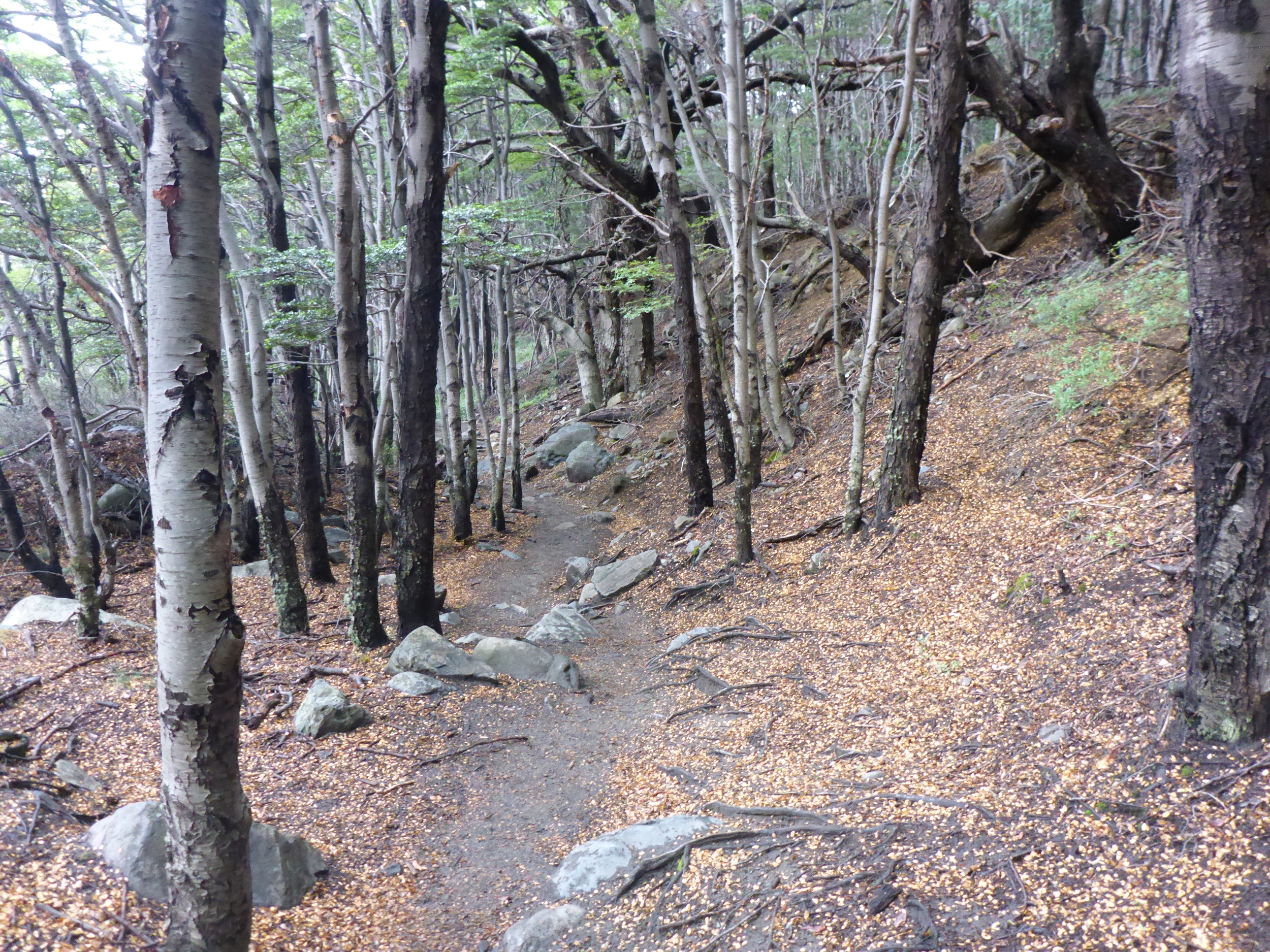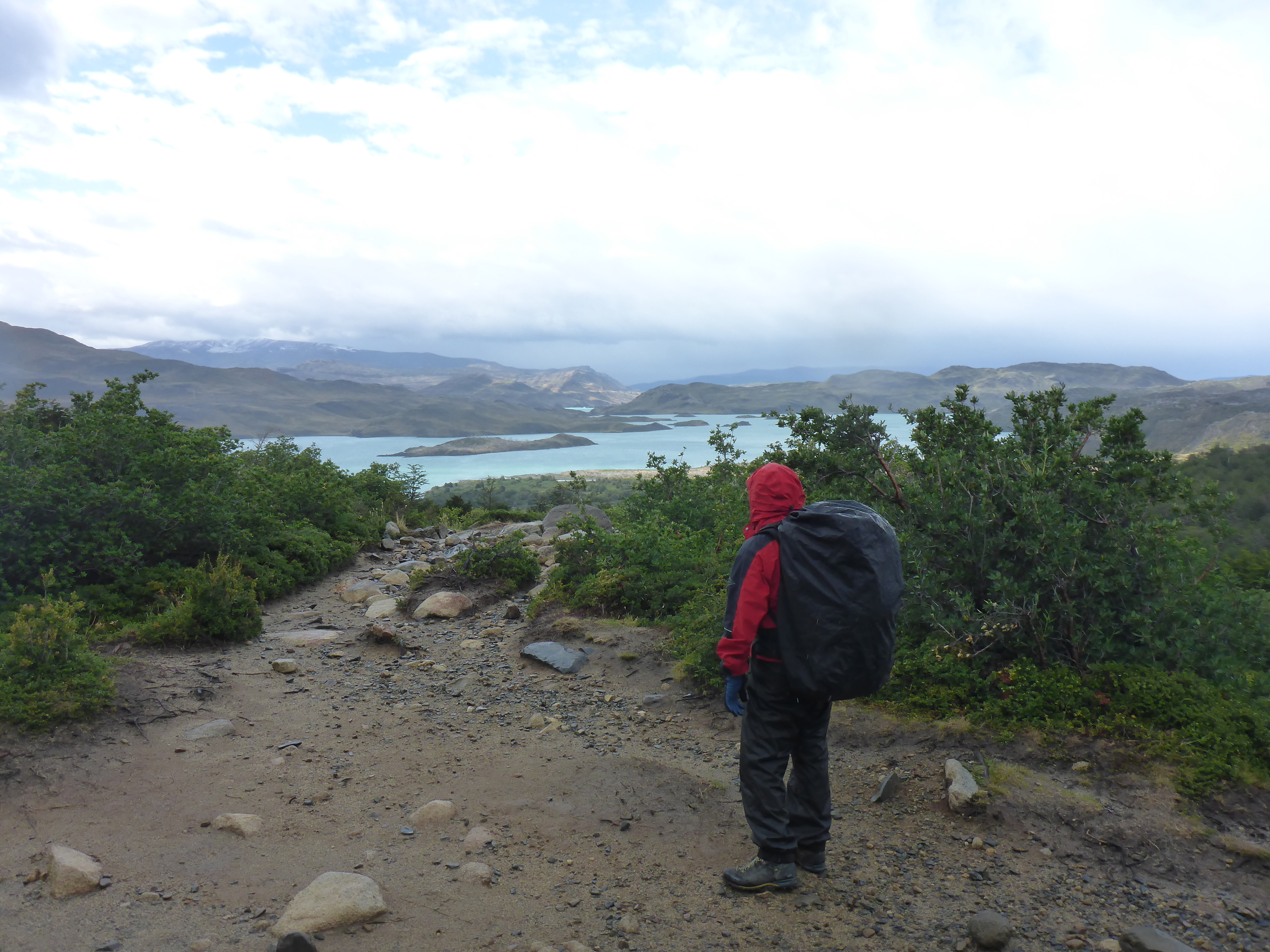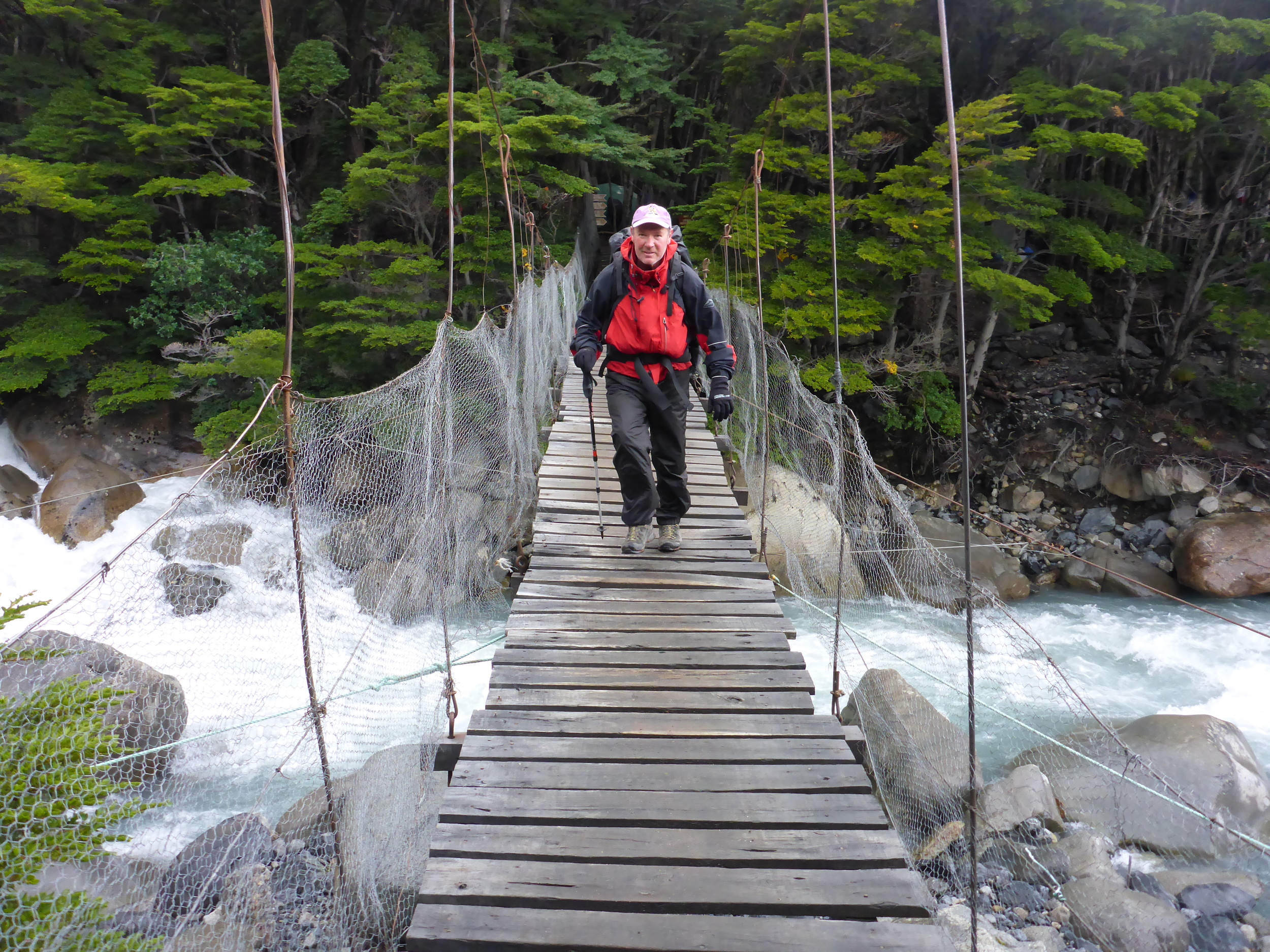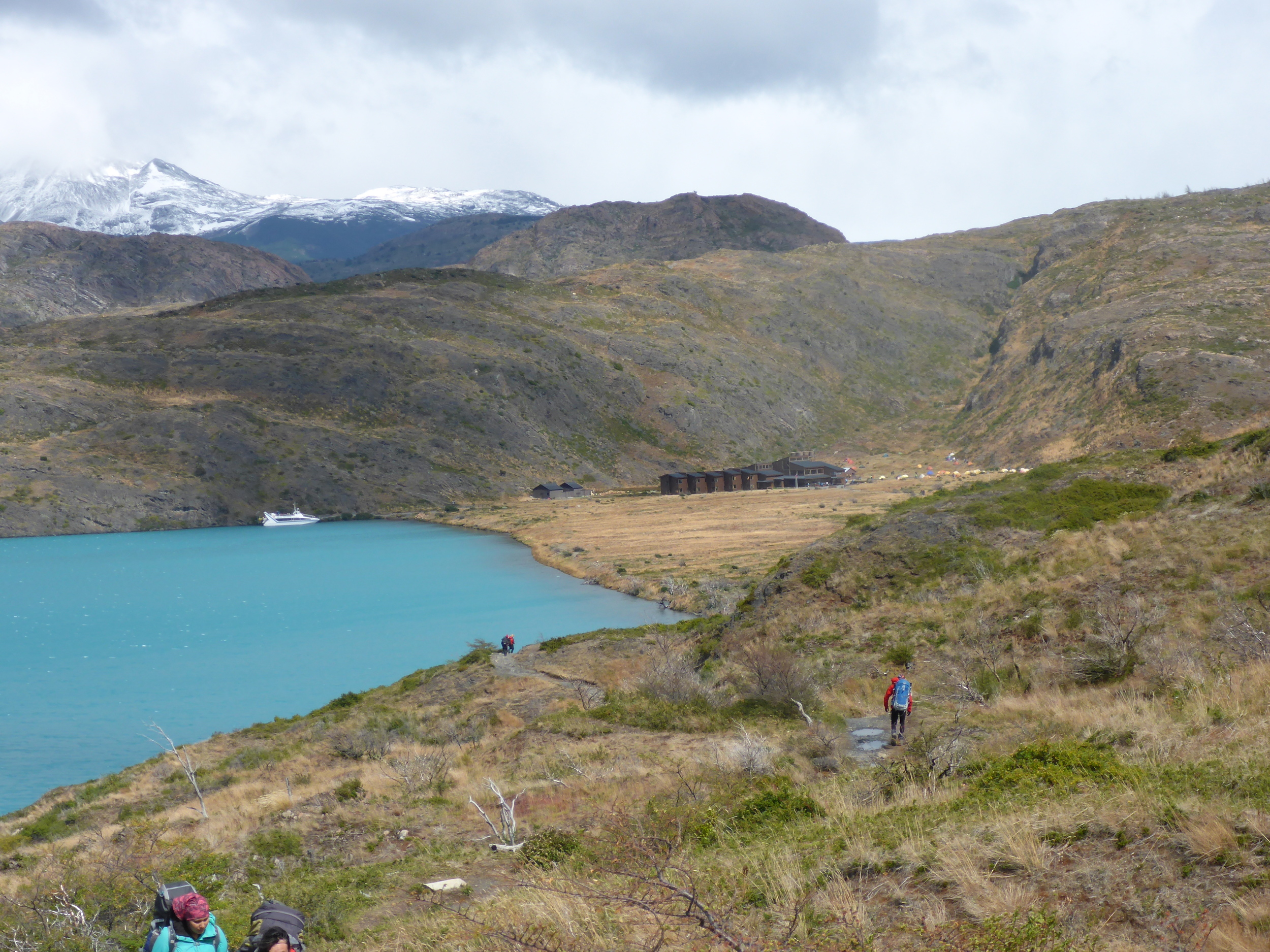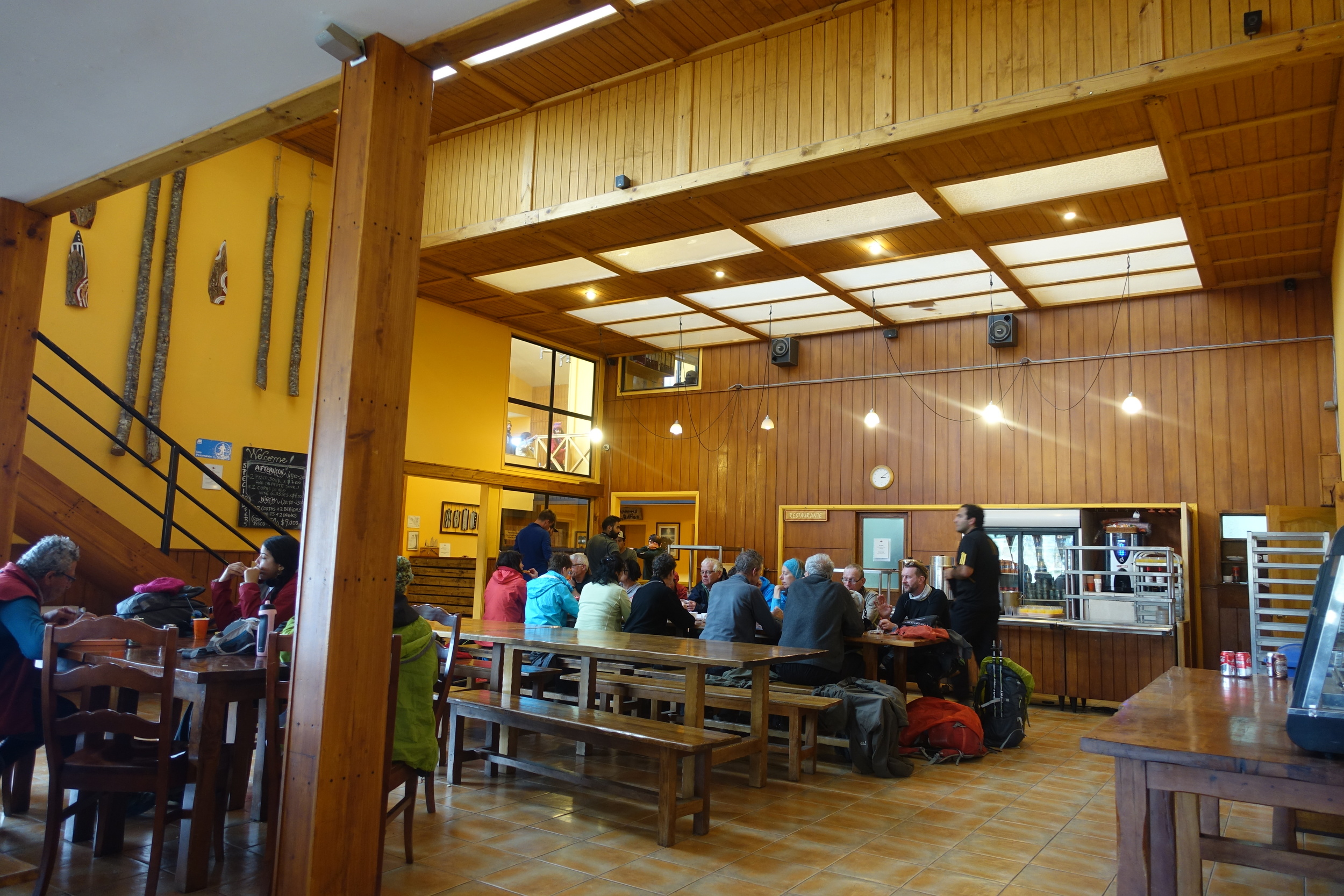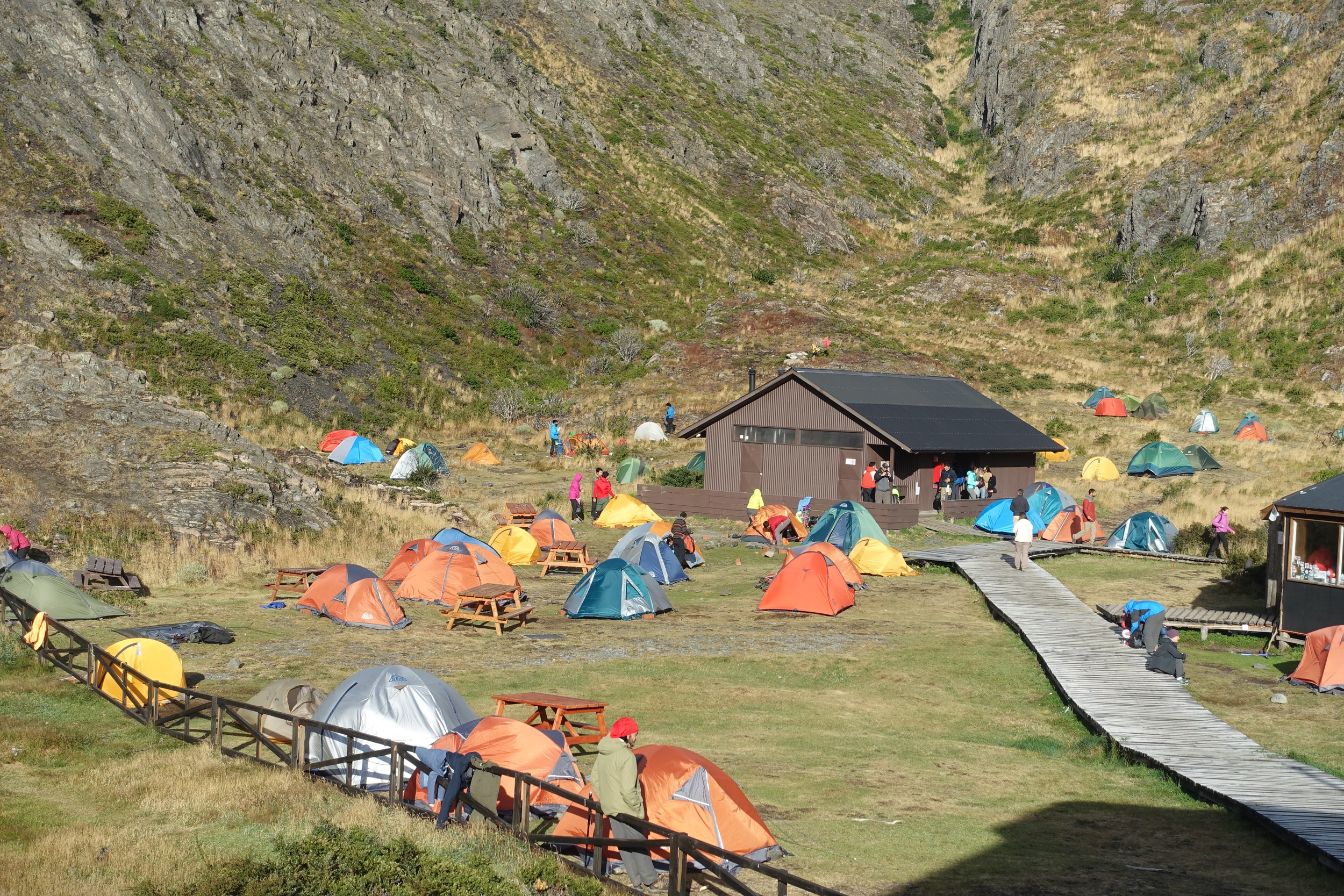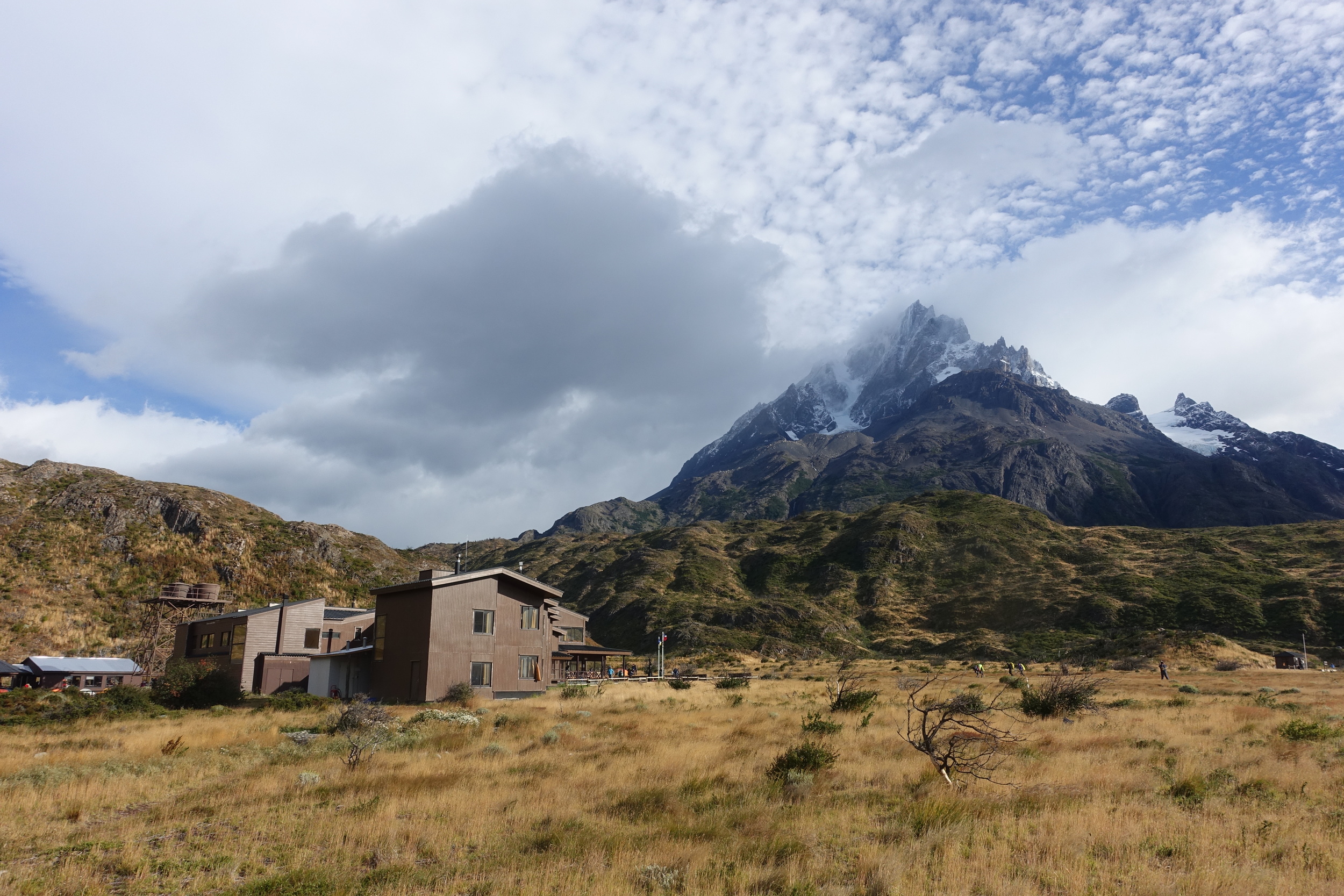Torres del Paine - the 'W' Walk (well, most of it)
/A lot of older travellers assume that to visit Torres del Paine National Park in Chilean Patagonia, particularly if you wish to do the world famous 'W' Walk, that you need to go in a group.
When looking to organise an independent visit we found the information available on the internet to be a little fragmented and confusing. With the help of our Lonely Planet Guide to Chile and a couple of useful sites and blogs we were able to do it successfully, and a lot cheaper than if we'd gone in a group.
Here's our experience, how we planned it, and what we learned on the trip.
Pre-trip Planning
We decided at the planning stage that our dodgy knees would resent carrying heavy packs. The 'W' Walk takes around 5 days for most people, and there's a bit of up and down, so we opted to stay in refugios and domes (large permanent dome tents).
Refugios are hostel style accommodation where you can get meals, showers and some provisions, as well as a bed. They will reserve you a dormitory bed with or without bedding, so you can save a bit of money if you carry your own sleeping bag. We were visiting during the height of the high season (mid-February), so to save a bit of money we decided to take sleeping bags and some meals.
The refugios also rent out tents and some have upmarket cabins (cabanas). It all depends on how much you want to spend.
One thing that made the booking a little tricky is that two companies operate the refugios – Fantastico Sur (East side of the park) and Vertice Patagonia (west).
So, before we went onto the sites to make the bookings we had a plan that involved:
Doing the walk from east to west
Spending 5 nights in the park (2x Refugio Las Torres; 1 each at Los Cuernos, Domos Frances and Refugio Paine Grande). See map below.
We would not do the last leg of the 'W' to Glacier Grey (as we were planning on visiting Perito Moreno Glacier in Argentina a week later and we didn't want to overdo the glacier thing). This also saved at least 11kms of walking.
We would rent sleeping bags in Puerto Natales (the nearest town to the park) as this was cheaper than paying for bedding as we went
We would take freeze dried meals to cover 3 nights out of the 5 and buy dinner 2 nights. We would also self cater lunch and breakfast.
We would take a Jetboil (small stove) and buy a gas cylinder in Patagonia for our cooking.
With the plan hatched we could go to the two refugio sites and make our bookings. We had checked periodically when bookings were open for the refugios and they became available for internet bookings in July, 6-7 months prior to the time we needed. They appeared to be booking up very quickly, with one site telling us that we had the last two beds in Paine Grande Refugio in mid July. We booked thinking that we'd just made it, but discovered whilst on the trip that different independent travellers had booked at different times, including one guy who'd booked a number of nights in refugios 3 days before arriving. However, to be on the safe side book well in advance if you can.
Route Map
Click here to see Fantastico Sur's very good map of the W Walk and Torres del Paine National Park.
Note: Domes Frances (day 4) lies between Refugio Los Cuernos and Camping Italiano. It is a fairly new site so not shown on most maps.
The Walk
Day 1 – Bus to Refugio Las Torres
Monte Admirante Nieto
One of the things that had not been clear to us prior to arrival in Puerto Natales was how easy/difficult it would be to get the bus to the park and also the ferry trip that we'd need to get back at the end. To be on the safe side we pre-booked bus tickets to/from the park and the ferry tickets (Lago Pehoe from Paine Grande to Pudeto) through our Puerto Natales guesthouse, Casa Cecilia, which runs a small travel agency. Cecilia and her staff at Casa Cecilia were very helpful. We'd recommend them.
We caught the early bus (7.00am) from Puerto Natales. It takes 2.5 hours, and it appeared that a number of bus-lines make the trip. We don't think it would've been a problem to have arrived in PN and then booked bus tickets to the park the day before, or even on the day.
When we arrived at the park (Laguna Amarga) a Conaf (National Park) ranger got on the bus and briefed us on the park entry process in Spanish and English.
It's a 4 steps process:
Fill in a form – you'll need your passport and Chilean entry slip for this.
Pay $18,000 (Chilean pesos) – roughly $US24/ $Aus36.
Receive a map of the park
Watch a short video about park rules – eg no fires; take your rubbish with you etc.
Various shuttle buses were waiting to take tourists to different parts of the park. In our case it was to Refugio Las Torres Norte. This cost $2600 ($US3.50/$Aus5) and took 15 minutes.
Check-in for Las Torres Norte is at Las Torres Centro (200m from el Norte). We were in an 8 bunk mixed dorm room.
Refugio Las Torres Norte
We'd settled in by 11am so spent the rest of the day exploring near the refugio. We walked to the eastern end of Lago Nordenskjold. We also found a very pleasant nature walk (around 4 kms) that meandered from near the Hotel Las Torres back to our refugio.
Day 2 – Walk to Las Torres del Paine.
Las Torres
The iconic image of Torres del Paine is the three Torres (towers). From Refugio Las Torres it is a longish day walk (around 20kms or 8 hours).
While our arrival day was beautiful and cloudless there was a bit of wind and cloud about the next day when we did the walk.
We left at 8.30am, knowing that we had plenty of daylight (it's light until 10.00pm at night in February).
It's a solid upward walk from Las Torres until you get to Refugio Chileno (4.2 kms/2 hrs). Here you can get a drink and toilet stop. There's also camping and a lot of people walk to here, stay overnight, and then have a shorter walk to the Torres – but it means carrying all your gear up to here).
On the way to Chileno - no sign of Mick or Keith when we were there
From here the track flattens a bit for a while as you walk through pleasant myrtle forest until you reach Campamento Torres (3.2kms/1.5 hrs from Chileno).
This is where it gets steep, for the final scramble up the scree slope to the lake and towers. It takes about an hour, but the reward on arrival is well worth it. The slightly cloudy day just added to the atmosphere and we still had very good views of Las Torres.
The return trip retraces your steps. We got back at 4.30pm, so right on 8 hours. Younger folk who still have knees, will do it much quicker.
And after that 8 hour effort the slightly pricey beers at the refugio couldn't have tasted any better.
Day 3 - Las Torres to Los Cuernos (the Horns).
On the way to Los Cuernos
This was a 11km, 4 hour walk. The track had a few steady climbs and we felt the weight of our packs (around 15kg). The weather began ok but deteriorated and by the time we reached Los Cuernos it was bucketing down and cold. It snowed that night in the higher reaches.
When planning the trip we decided to have one night of luxury and, as luck would have it, it was the night we needed it most. We'd booked a cabana for a night here and it felt quite decadent to have our own cabin, with towels and shampoo and wood burning stove (which was needed).
Day 4 - Domos Frances and Valle del Frances
Lago Nordenskjold
One of the ''must see'' attractions of the W Walk is Valle del Frances – Frances Valley. It was reputed to have spectacular views in an impressive setting. We were keen to do it as a day walk, but initial research seemed to indicate that it had to be done as a long day walk from Los Cuernos or Paine Grande or by camping at Campamento Italiano which meant carrying a tent.
However, what we discovered was that a newer site had opened in the last few years closer to the valley at Domes Frances. This is around 5kms (1.5 hrs) from Los Cuernos which shaves a lot of time and distance off a day walk to Valle del Frances.
We did the walk from Los Cuernos to Domos Frances, checked in, dropped off our bags, and took off for the valley.
The weather had improved overnight, and while a little windy, it was fairly clear. Our goal was the first mirador (4 – 5 hours return from the domes).
Through the walk there were regular rumblings of small avalanches from the mountains to the west, Cerro Paine Grande.
There were lots of people doing the walk, but again, it was worth the effort.
View from the Mirador, Valle Frances
Back at the domes afterward, they were comfortable and reasonably private (we had 2 bunks in a little alcove of our own, as did other trekkers).
Day 5 – Domes Frances to Lodge Paine Grande.
Cerro Paine Grande
It snowed again during our night at the domes and we could hear the distant avalanches regularly. The day of the walk was clear but windy, with impressive views of the snow covered peaks. Despite it being high summer, it can snow at any time of year, so come prepared for extreme weather.
There were a couple of moderate climbs, but overall this was a fairly easy day. We'd also eaten all of our food by now and were a bit fitter, so that all contributed to an easier day.
The distance to the lodge was 9.5kms (3.5hrs). The lodge was very comfortable. Bigger than both Las Torres and Los Cuernos. We had a room of our own with two bunks.
We'd also arranged to lash out with ''full board'' i.e. dinner, breakfast and lunch here.
The Missing Bit of the W
For most people doing the W Walk from east to west the last leg is the walk from Paine Grande to Refugio Grey and Grey Glacier – 11kms. We met a young couple who'd done a day walk from Paine Grande to the glacier and back (22kms) and they said it had been a hard day and not all that special regarding the scenery. The alternative is to walk to Refugio Grey, stay the night, and then catch the Lago Grey ferry.
But we had earlier decided to leave out this leg and at the end of the day we were happy with our ''N'' walk.
Day 6 – Back to Puerto Natales
Lago Pehoe Ferry to Pudeto
Next morning we caught the 10am Lago Pehoe ferry to Pudeto (40 minutes). We had pre-booked tickets but most people just paid on the ferry.
We then bused from Pudeto with the same bus company that we'd come with, back to Puerto Natales. There were a number of buses waiting at Pudeto and most had plenty of empty seats so you could probably just wing it and pay at the time.
Overall it was a fantastic experience – one we'd thoroughly recommend.
Conclusion
We were pleased to see many older trekkers, people in their 50's and 60's, on the walk. But as we'd suspected the vast majority seemed to be in organised groups. If you prefer the convenience of the pre-organised group and the camaraderie that groups provide then fine. But, if you're like us, and you want to be able to do your own thing, when you want to do it, and save a few dollars along the way, then you can do it all yourself. It just takes a bit of planning.
Here are some basic indicative costs for our trip. Obviously everyone's costs will vary according to choices made, but it may give you some idea of a 5 day, refugio based experience.
Our Costs – estimates (2 people)
Item $US $AUD
Accommodation – Las Torres (2 nights) 220 305
Accommodation – Cabanas Cuernos (1 night) 187 255
Accommodation – Domes Frances (1 night) 146 200
Accommodation – Lodge Paine Grande (1 night includes meals) 240 335
Meals 140 195
Transport and transfers 84 116
Park Entry 48 67
Sleeping bag hire 50 70
TOTAL 1115 1543
That's less than $AUD800 per person for the 5 nights, 6 days. A quick web search shows that this is around half what a similar organised trek would cost from a Puerto Natales based company.
Also worth a visit is www.torresdelpaine.com
We also found the Steph and Ben's travel blog post on the W Walk very useful.
If you have any questions or we've left out anything of interest please let us know and we'll try to answer them.
Ken and Cally
Torres del Paine can be a very windy place - you'll need some rocks if you don't want your washing to blow away
A note of thanks: In October I unexpectedly needed to have cervical spinal fusion surgery on three vertebrae. The W Walk had already been booked and most of it paid for so I was concerned that I might not be recovered enough to do it. Thanks to the skills of spinal surgeon Dr Nova Thani and his team and the great staff at Hobart's Calvary Hospital all went well and I was fine for the walk. Thanks Nova et al. Ken





